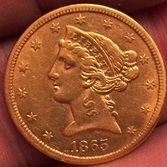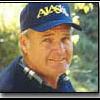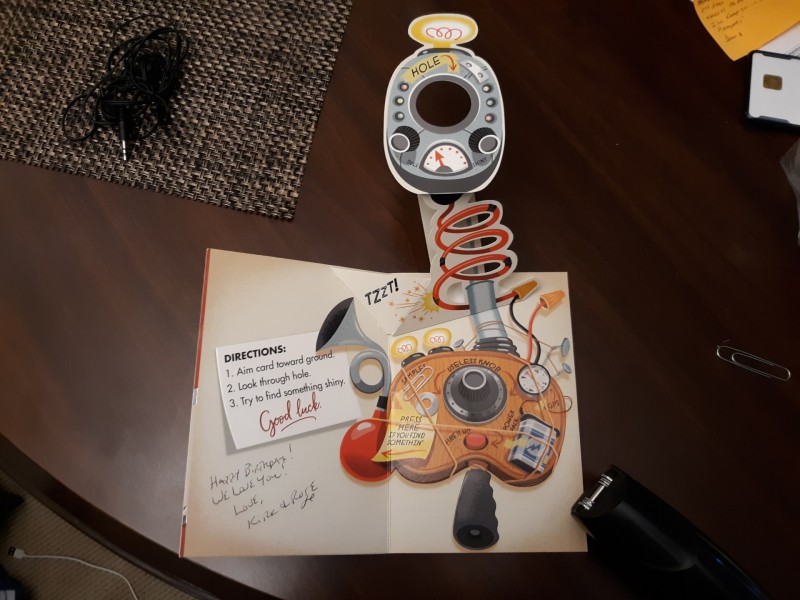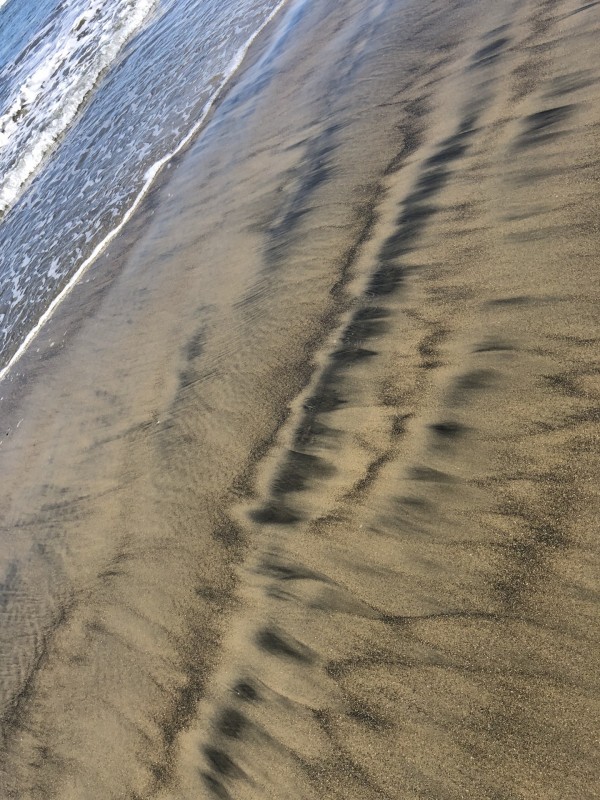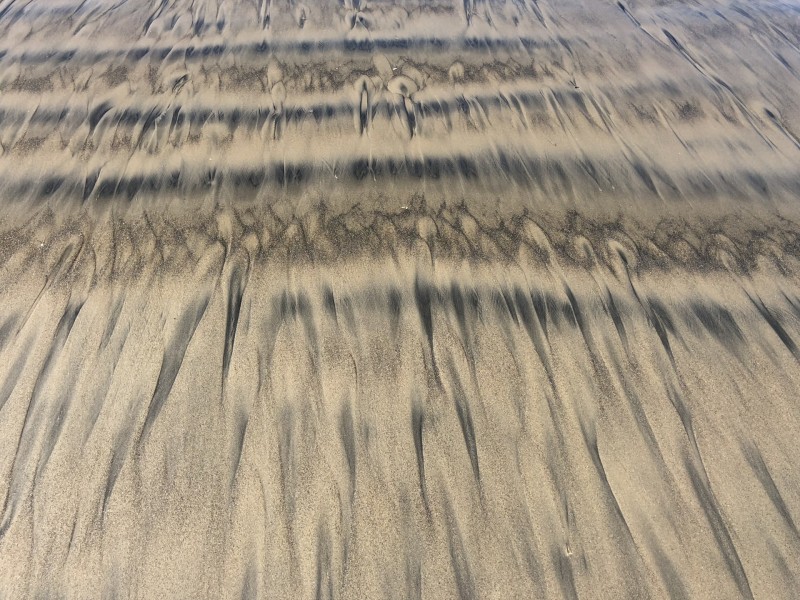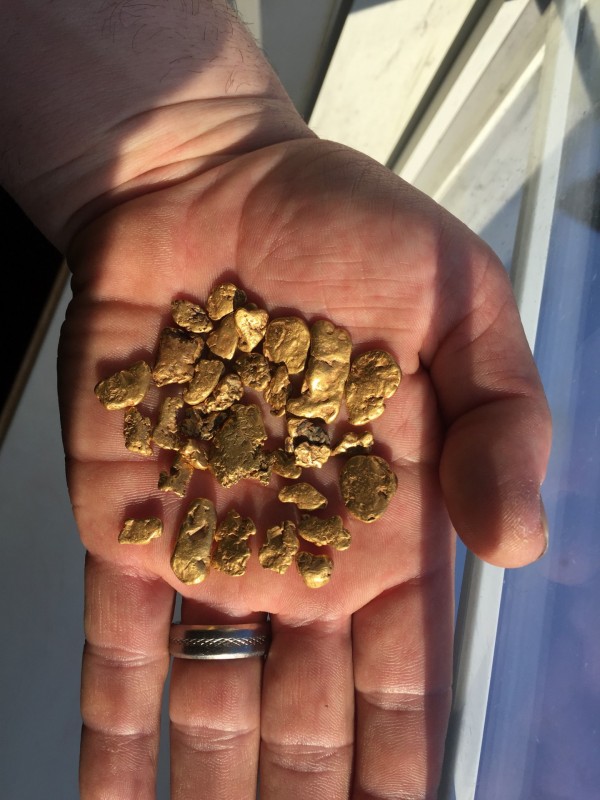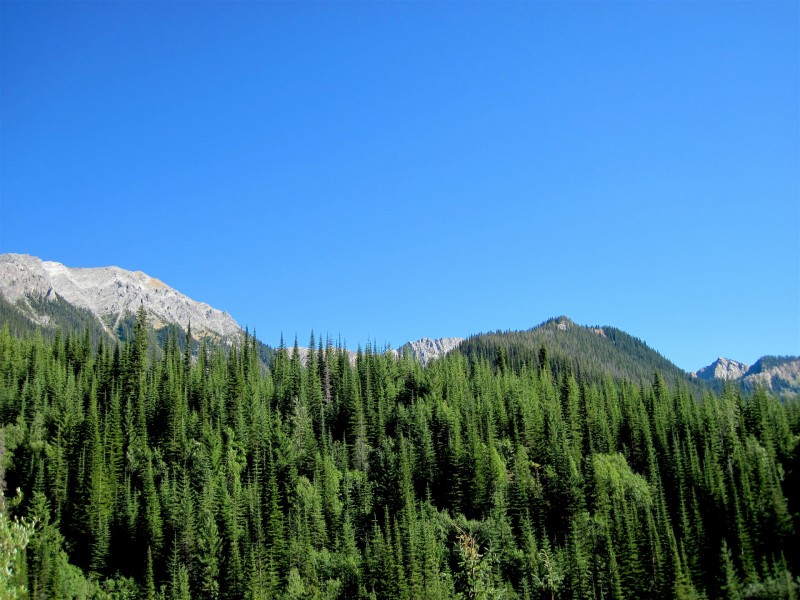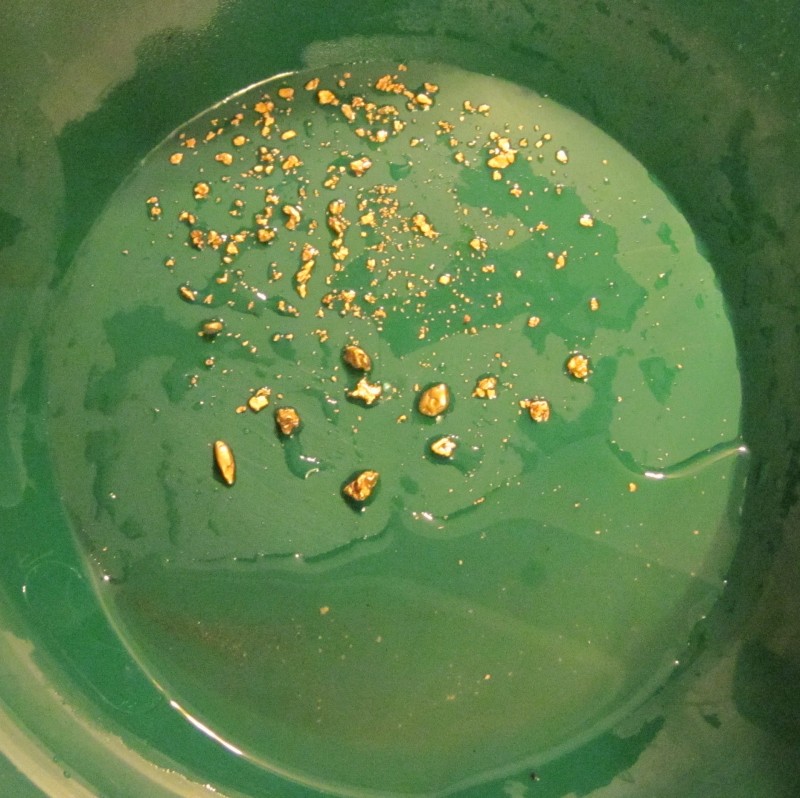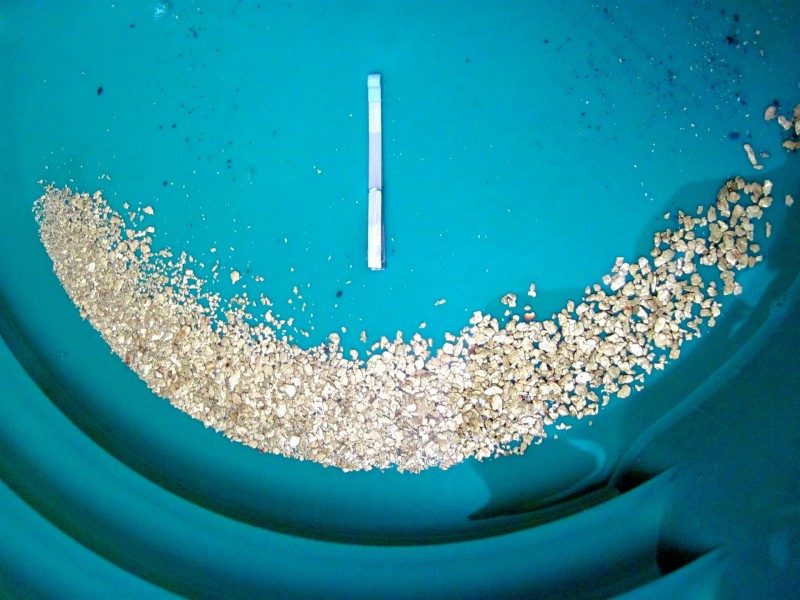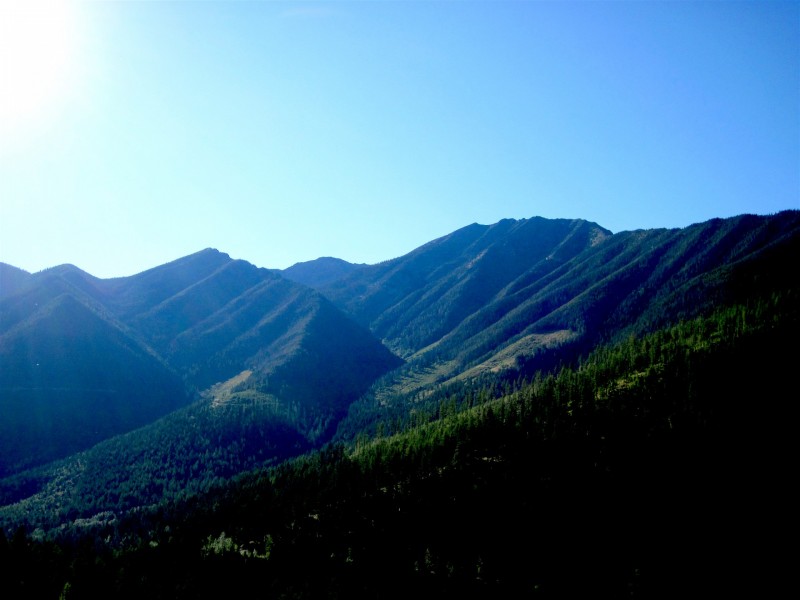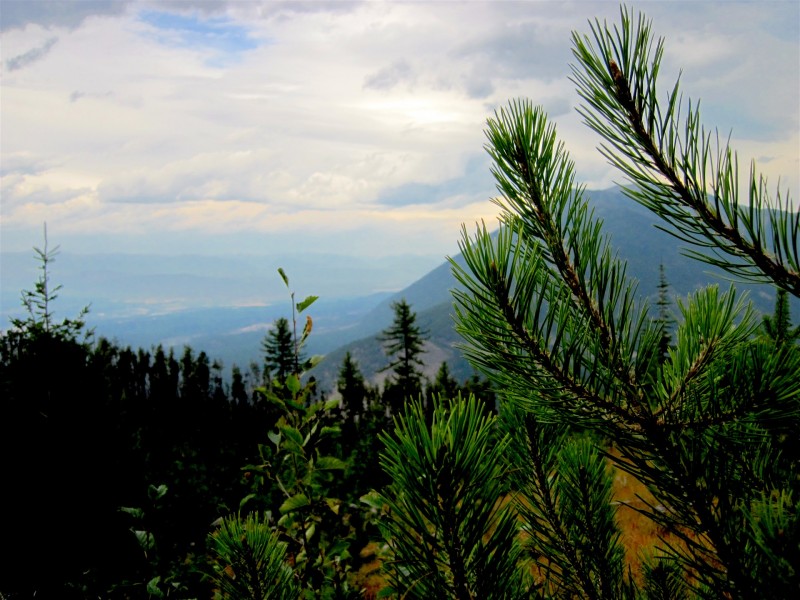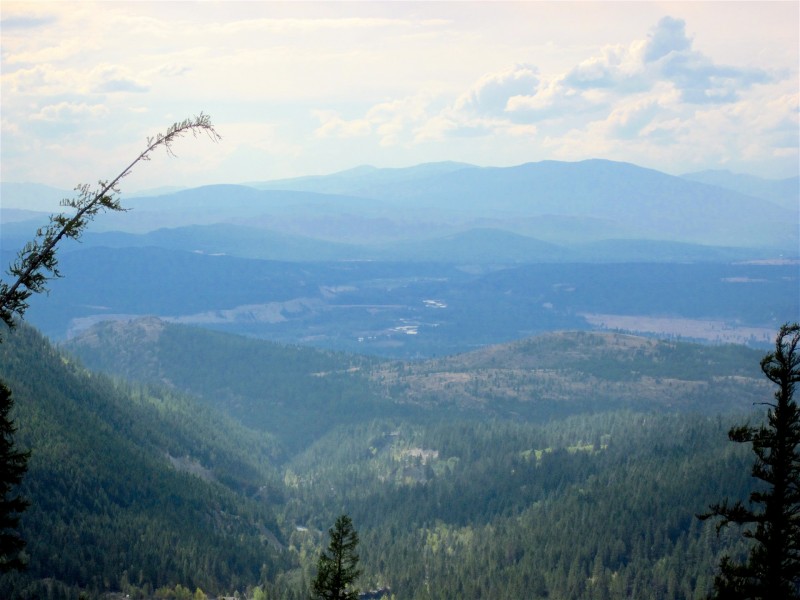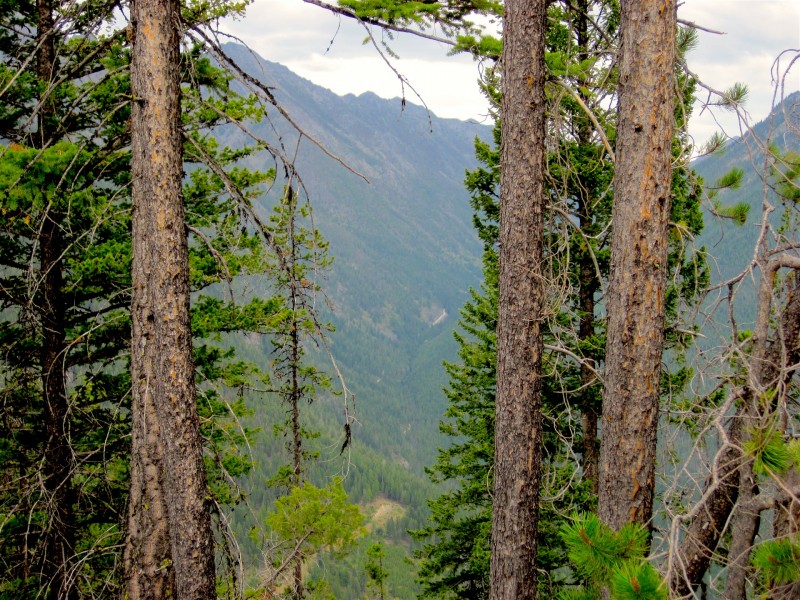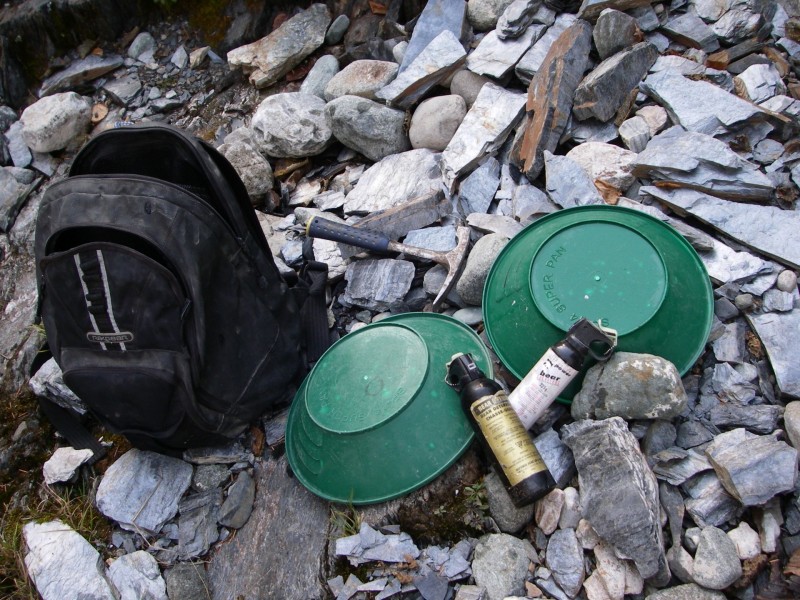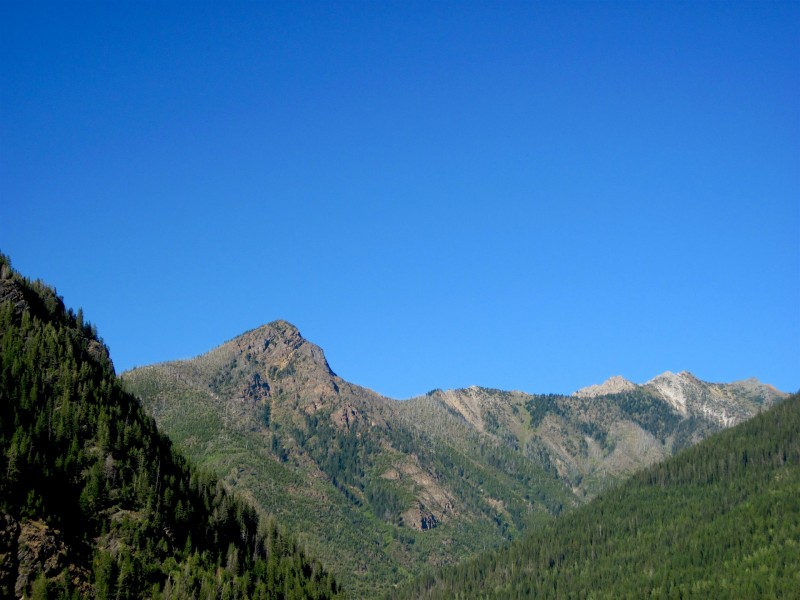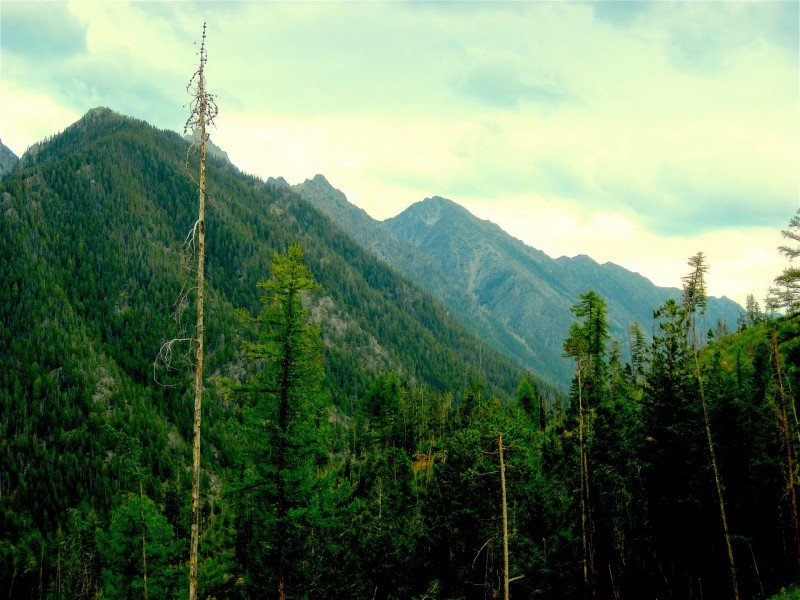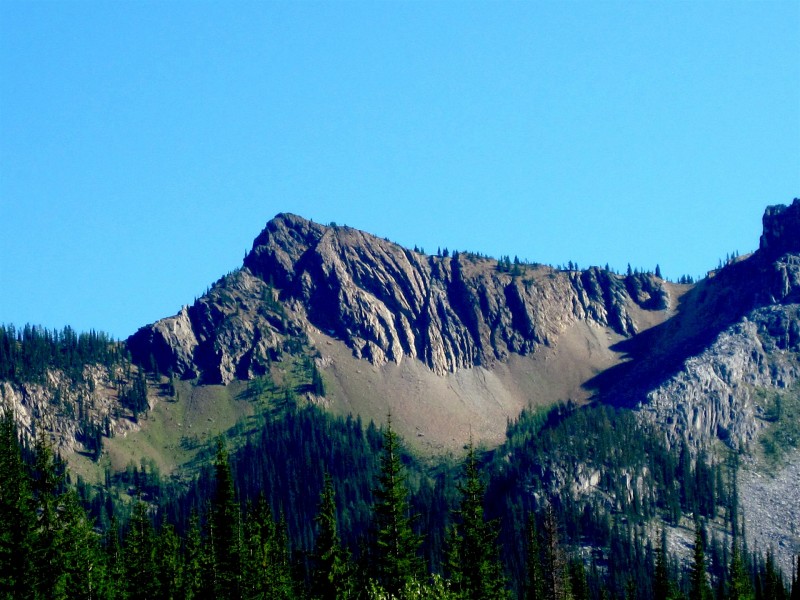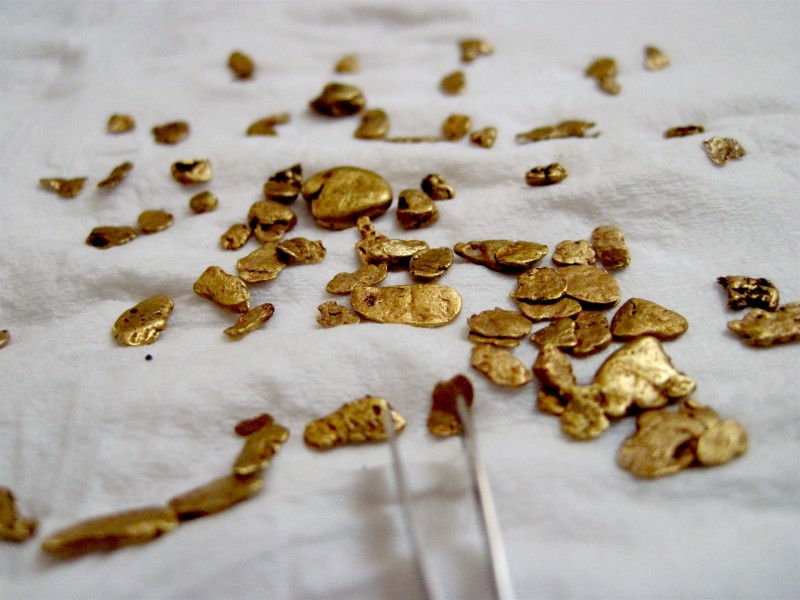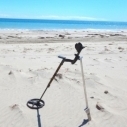Leaderboard
Popular Content
Showing content with the highest reputation on 03/16/2019 in all areas
-
Now, for something different, Flashback Friday Entry:(This is a true story, although I have taken some liberties in enhancing some details, but I have not exaggerated any of the facts about the gold.)Before I start this story, I’ll need to provide a bit of background. I was chasing the gold in the mid 1990-s one summer, in a wilderness area far to the north of where I currently live. While there, I worked with some large-scale placer miners, helping out whenever and wherever I could. In return, as the miners were a wealth of knowledge about the new-to-me area, they gave me valuable tips on where to look for gold in that heavily glaciated region. They also let me tag along as they excavated to bedrock so I could see firsthand the local variables of gold deposition. However, as any of you that chase the gold well know, even with tips from the locals, it’s still possible to find trouble while looking for gold, and that trip was no exception.Story Title: Gettin’ High On Placer Diggin’sSorry in advance to those of you into illegal or licensed substances, or those of you hardy enough to have actually smoked gold, or had it ground finely enough to inject or snort, because this tale does not deal with banned chemicals, licensed stimulants, or hallucinogenic substances. (Except I do think I have hallucinated while dreaming about gold in the past, especially during our long winters.) This story deals with the mind-altering effects of a metal. However, this prospecting tale itself is nonetheless mind-altering and reading it is not without risk.One summer, when the snows had melted and the swollen rivers had dropped enough to allow travel, I headed up North to the gold-fields. Up north means a sixteen-hour drive from my home. But, why drive sixteen hours when there are other gold fields much closer? Well, there’s far less people that’s why, and there’s coarser gold. As for population, there are less than thirty souls. As for the gold, it’s chunky and knobby. On a related note, some of the local boys dig test-pits right in their front yards, then shovel the dirt into a small high-banker onsite, and they get good gold.But, I digress again, and as you'll see, I'm pretty good at digressing. So, to summarize, less people, that’s good, right? But bugs? Bad! There are tens of millions of nasty, blood-sucking, winged vampires! There’s no way to hide from, or to outrun them. The bears, by comparison, are less of a concern, mainly because they can’t fly. But, because the bears are huge, smelly, and can be cranky (kind of like me after too long in the bush) they do deserve some respect.In retrospect, I was in an area of low mountains with fresh, crystalline streams, surrounded by thick stands of deep-green boreal forest. In the low places, mysterious swamps nestled into the hollows and were bordered by countless mounds of glacial till, leavings from the miles-thick ancient glaciers that once bound the land in perpetual winter. The moving glaciers generated havoc, and the ancient, glacial meltwater produced numerous, titanic rivers, and some placer excavations have exposed seven or eight overlapping and intersecting stream deposits. In contrast, the frozen glaciers were dozers on insane steroids, cutting deep down or deep into the original bedrock, then pushing sections of channels helter-skelter, or orphaning sections of channel high above the present streambeds. It was one of these orphaned sections that this story is written about. One day, I was sitting near the wash-plant fixing a broken six-inch pump. Having been at it a while, I took a break. Looking across the river, I noticed something high up on the opposite slope. A line of boulders and river rock ran in a well-defined line along its side. The line indicated an ancient riverbed resting atop the underlying black slate bedrock. It was roughly sixty feet above the modern-day river, and sections of that high channel had sloughed off, exposing a bit of face. Because of this, I scanned the area with my binoculars to gather more information. Clearly, the channel rested on a bedrock rim, while the river-run itself was covered by eighty or so feet of boulder clay, which was then topped by thick forest. All at once, my pea-sized brain was hammered by a giant, golden brainwave . . . I had to cross the river to sample that channel!No argument or thought of personal safety holds me back if there's a shot at getting gold! As hot fever had fired my resolve, I had to act.I grabbed a five-gallon (20-liter) plastic pail, shovel, pry/digging bar, and a small sledge; these items all fit neatly inside the bucket. Next, I shouldered into my prospecting backpack. (I keep all of my essentials in the backpack for easy transport. Nonetheless, when fully loaded, it weighs just a tad under a fully loaded B-52 bomber.) However, rather than worry about the gear in my backpack, I should have chucked it out and made room for a back-up brain instead. As will be seen, a spare brain would have saved me a lot of trouble that day . . .Regardless, all packed up, I made my way down to the river. Now, in Canada, even in mid-summer (which it was), the rivers that far north in B.C. NEVER get warm. In fact, if you dunk your head, you get instant brain-freeze! Ignoring rational thinking, I had the clever idea to delicately pick my way across the stream in my rubber boots, and ballet-like, I flitted from rock to rock. Yet somehow, I lost control. Disaster struck! Prospector, pail, and pack plunged below the surface. (Any comments uttered after surfacing will not be printed here in order to protect the innocent.)In spite of being wet and cold, I fully enjoyed the rest of the crossing (that’s a huge lie!). I felt somewhat refreshed (another whopper) after dragging my cold, soggy carcass out of the water. On a brighter note, after dumping eighty or so pounds of ice-water from each boot, it was easier to walk.So, threading through the poplars and aspens beside the river, I then headed up the slope until I hit a new obstacle: boulder clay. This is the stuff I mentioned earlier, a nasty mixture of tan to yellowish clay liberally dosed with boulders that was abandoned whenever and wherever the lazy glaciers wished. Boulder clay sloughs or oozes down hillsides when it's wet, and later it dries into bomb-proof concrete, though not quite as soft as concrete. As well, getting a toehold on it is the devil. Regardless, I somehow cut some steps with my shovel, and through stubborn dedication, I progressed a third of the distance upslope finding a v-shaped wash filled with cobbles and larger rocks, ones birthed from the channel and boulder clay above. The v-shaped wash held a nest of ill-tempered branches, dead limbs, and exposed roots that blocked my way. However, even with my squishy, soggy socks and boots, I navigated Mother Nature’s hazards. I continued upslope and worked my way into some sheltering pines. At that elevation, the smell of the pines is a wondrous thing; it's a smell I'll always associate with the true sense of freedom only to be enjoyed in the mountain environment while out chasing the gold. At last, I reached the high placer diggin's, the coveted bedrock rim with its ancient channel. Eagerly, I went to work. (I need to provide a little description of the worksite here: Imagine how tricky it is to rest one rubber boot on a three-inch ledge of bedrock, as the other boot powers the shovel, all while trying to maintain enough balance to avoid a tumble down the mountain. Imagine as well using the pick and bar in such tight quarters, while trying to carve out an excavation, one running three feet into the face of the boulder clay in an attempt to expose the bedrock.Success arrived when I exposed the underlying black slate of the high channel. Then, pulling my sniping tools from my backpack, I cleaned every little crevice, cranny, and dip or gutter in the slate and dropped the collections into my bucket. In addition, I added some oxidized reddish-orange dirt to my bucket as well.Not relishing the long haul down to the river with a small load, and wanting a good test sample, I loaded that bucket as heavy as I could in case I only made one trip. So, with the bucket filled, I tossed my tools over the edge to a landing of sorts, lifted the bucket, and turned around. Instantly, I realized something shocking; that return slope looked a lot steeper than it had on the way up! What mind-altering substance had possessed me to get where I was anyway?Clearly, some moron had deluded himself into scrambling to a place no sane person ever would. Moreover, I get myself into such fixes by denying the existence of the laws of physics, and probability, etc. I override and defeat all laws, and any stored wisdom when I'm gold crazy. Yet, I carry on in happy oblivion until I realize far too late what I've done. Regardless of my denial of scientific laws, etc., one law never surrenders to my delusions, and that law, as we shall see, is the irrefutable law of gravity!So, there I was, faced with a problem. I had to go down, no option, because I couldn't go up a vertical wall of boulder clay regardless of how high I was on gold-fever delirium. Deciding on a better course of action, I took the first step down. (This in spite of my brain trying too late to warn me of some impending doom. Come to think of it, I often override my brain's warnings to court danger while chasing gold.)However, the first step really wasn't that bad. I just leaned into the hill and put all of my weight back on my boot heel. Miraculously, it held me in place, and the eight-thousand-pound bucket of gravel and I took another step forward. (Could it be that the bucket was so heavy because of its high gold content? Or, was I just an idiot that had severely overloaded it?)I kept at it, leaning and stepping, and soon found myself in the branches and cobbles that littered the earlier mentioned wash. I took several more steps but then a malicious root or scheming branch snagged my boot. Well, that bucket just kicked out in front of me like it was rocket-boosted. (At about twice the speed of light, Sir Isaac Newton’s law had instant and complete control.)Immediately my brain switched to its salvation-panic mode as I yanked myself back as hard as I could, the bucket jerking back toward me. However, the problem was, my feet no longer cared what I was doing, as in trying to right myself, they chose instead to betray me by heading down the mountain. The effects of gravity increased in intensity as I picked up speed.Now, when viewed from the other side of the canyon, it must have looked as if someone had shot and wounded a strange forest creature, some ugly beast, a raging bull-moose perhaps, or some other smelly, cantankerous critter (a classification I could easily qualify for after weeks in the bush!). It also must have looked as if that crazed creature was hurtling down the slope to a certain and speedy demise.The real truth, however, is that instead of being out of control, I was magnificently in control, in fact, most supremely so. Even with my rubber boots throwing off more smoke than an Alaskan smudge fire, the accompanying smoke was a planned effect to keep the bugs at bay. However, keeping the smoke pouring from those hot boots while simultaneously attempting to apply my brakes among the boulders proved too tricky. In addition, the fact that the three gold pans in my backpack were absorbing more shock than a crash-test-dummy at impact was only a minor annoyance. As well, bashing off the face of the boulder clay was merely a slight test of my prospecting mettle, so to speak.At last, still breathing (though hot and ragged breaths those breaths were), I came to a sudden stop. Some friendly tree branches gracefully halted my ballet-like plunge. (It's rumoured a visiting Russian judge, observing from across the river, gave me a 9 out of 10!)Now, for those with a sense of the divine in nature, this was the perfect moment. The moment that finds the human at one with the mountain (and miraculously still alive). However, more remarkable than my survival was that the dirt had not spilled from my bucket! Yes, that is the wonder in this high placer tale—not a stone was lost from the bucket, not a single grain of sand! So, with pay-dirt still intact, I somehow made my joints regain function, more or less (more pain and less function!). However, with renewed confidence, I set off once again. The only obstacle remaining was the sullen boulder clay.At some point, you'd think the brain would revolt, refusing to power the muscles required for descent, especially after a such a brush with imminent extinction, all perpetrated by some ambitious idiot bent on chasing dirt! But no, the brain can always be overridden! I've located the master switch to disarm it. I've used it many times to stop logical thought, yet I have somehow survived to tell this tale. (This is proof that life is full of mysteries, ones not easily solved by rational thought.)At any rate, about a dozen steps down, the clay, somewhat wet from a seep, remembered one of its admirable qualities, the slicker than greased Teflon quality, and off I went again. This time it was only a playful, sort of jarring bashing, with the odd bone-numbing wallop thrown in for variety. It lasted for a mere twenty or so feet, then I came to a feather-like stop on the gravel below, the contents of the bucket still intact.Although amazed at the miraculous luck required to save such a valuable cargo, I took a break and picked a pan full of golf ball-sized gravel out of my mouth. Next I pushed several teeth back into their sockets, then replaced my left eyeball. After that, I checked to see what the crooked protrusion was that seemed to be attached to my head. Finding that it was my neck, and finding that it was still attached to my shoulders, I set off to the river to pan the dirt!Three flakes, in five gallons. . . . You can't make this stuff up.I guess there's a lesson to be learned here, but far be it from me to get preachy, or to force my hard-earned wisdom on any of you. I'll let you figure out the drug-induced dangers of gettin’ high while chasing placer diggin’s.All the best,Lanny5 points
-
I'm not sure where to start, I had an epic day that I never thought I'd see. There are some things you never figure you'll dig and when you least expect it.... BAM!!! I met up with a fellow hunter to do a little relic hunting at a old fort site. His day started off with an 1846 Mexican 1/4 reale and then an awesome button, which he ended up finding 2 of. I started off with the usual lead and percussion caps and finally a 1846 Mexican reale as well. I was having a frustrating start with my wireless earbuds cutting out and the other pair not working at all. I tried using wired earbuds on the Equinox, but kept pulling them out almost everytime I set my machine down. Jimmy let me use his ML80's and that helped me settle down and get some serious hunting done. Jimmy ended up leaving after a few hours and I told him I was going to hunt for another hour and then head to the house. My goal was to at least find a couple of nice buttons to make a day of it, little did I know the fun was about to begin within the next 30 minutes. I worked my way around to the other side of where we had parked, and started finding more lead and a few more percussion caps. I got a screaming 25-26 hit on the Nox, I dug down about 8" and figured I had hit a can or something. I covered the hole, but, thought to myself..... that could be a buckle. I redug the hole and finally pried out a top of an old aluminum can. About 15 minutes later I get an almost identical signal, 25-27, but, when I pinpointed it sounded different. My thought was I was digging a silver coin at depth, so....I was quite a bit more careful with this hole. Almost 8" down I pop out a huge round thing it didn't register what it was until I picked it up and felt the weight. Then it hit me......no freaking possible way!!! I saw the back first, then turned it over, the front had about a 1/4" of dirt caked on it, I carefully rubbed it and there it was My first Union breatplate, something I only dreamed of finding and now there it was in my hand Thank God I didn't dig it like I had dug the other target, no dig marks on either side. Jimmy had found a US buckle a couple of years before, now, I had me a breastplate, something I never thought I dig.3 points
-
I can't understand why anyone would want to ditch them. I just received mine little over an hour ago. Currently on charge. I did mess with it a little bit in the house and seen it has lots of power under the hood. Just the little bit I spent with it putting it together (which was so different than any other detector I've ever owned) it's a different animal. I consider the XP ORX the Glock of metal detectors. Shall see when I can get it out in the field what it's capable of.2 points
-
My days of swinging a 3 pounds or more detector are over! With modern materials, etc. there is very little need to continue to produce heavy, chunky machines IMO. I would rather spend the day swinging a light, well balanced, stable machine. I don't care how deep a new machine will go if I can't swing it all day without being strapped to the machine! ? I believe that I will find more with a good quality light machine that I can swing for 8 hours vs. a supercharged monster that I can only swing for 1 hour. Not everyone is 25 years old and built like the Hulk. LOL2 points
-
Since the Impulse AQ does not have the capability to handle extreme ground / hot rocks I would be happier with a Garrett ATX in a good ergonomic package. I only ever sold my ATX as sort of a protest move. It is a well behaved and versatile circuit. But they either make what I want or screw it. I’m done lending any degree of support to ergonomic nightmares. SDC is a bit limited so if I had my wish from Minelab it would be a subset of the GPX circuit. Imagine a GPX 5000 in a package similar to the AQ. I honestly am content with the Equinox for beach detecting so my interest lies in supporting what this could become as a inland unit. I just don’t get to the beaches enough really to sink a couple grand into a dedicated beach machine. But I will support any company making the moves I like and I like the direction here. I may therefore get one to, as I explained before, to try on milder inland situations. It is mostly a timing thing for me. Too late in the fall and I may as well wait through the winter to see what happens next. Everyone but me wants more power. There is enough power for me out there already. It simply exists in packaging that I am now waging war on going forward. There is enough heat on now from various companies that we are finally getting real competition. As consumers we are in a good position to start DEMANDING proper ergonomic machines. The old “detecting is a niche market so we can’t afford it” excuse has long since gone by the wayside. With FT finally making the first move in some ways it is actually Garrett’s and Minelab’s game to lose. The hardcore beach hunters are going to love Impulse AQ, no doubt about it. If I lived nearer to saltwater it is a no brainer for me.2 points
-
Anytime you see plug in "directional rods" that resemble dowsing rods you know you are in trouble. The pictured items "B Mode" claims ranges of 100 to 1000 meters. That makes it a "Long Range Locator" and personally I run from all LRL devices being sold. If I want one of those I will make a set out of coat hangers or welding rod.2 points
-
This is a little premature perhaps since we are still waiting to see any accessory coils at all for the Equinox detectors. First up will be the 6" round DD followed by the 12" x 15" DD coil. What next? I think the Equinox has genuine potential as a gold nugget detector, but that the open spoke coil designs slated so far are not optimal for that purpose. Plus, some relic hunters etc. want something narrower than the stock 11" coil but do not want to give up the ground coverage as much as the 6" round coil does. Minelab has a couple molds for elliptical coils. There is the 5" x 10" DD coil for the X-Terra but that coil is not fully waterproof and too buoyant for water use even if it was. The better option in my opinion is the newer 6" x 10" coil made for the Gold Monster. The Minelab Gold Monster uses the exact same lower rod/yoke size as the Equinox, meaning the coil, coil bolt, and even the coil connector are already the proper size to fit perfectly to the Equinox. Here is my Gold Monster 6" x 10" DD coil mounted to my Equinox 800. As I said, a perfect fit. The Equinox version might weigh more due to more windings required for Multi-IQ but the coil as is weighs less than the 11" coil. My Equinox with this coil mounted weighs 2 lbs 13 oz or 2.81 lbs, slightly less than the 2.96 lbs with 11" coil. It does make for a little better balance. For nugget detecting in particular a solid bottom coil helps prevent snagging on rocks and stubble. I imagine the farm field hunters would love the coil for similar reasons. Anyway, I have no hints that this will happen but I am going to be referring to this thread over and over until it does. With a mold in hand half the work is done, and with the extreme popularity of Equinox no good excuse for this not happening. I personally think it is a requirement for Equinox to be all it can be as a prospecting detector and for many other uses also. Nope, not going to turn it on to see what happens!! Anyone who thinks this is a good idea and wants to aid in the lobbying effort has my express permission to use these photos in posts on other forums, etc. The direct link to the first photo is http://www.detectorprospector.com/forum/uploads/monthly_2018_04/minelab-equinox-with-6-x-10-dd-coil.thumb.jpg.07f2d166da68ca4c6e39bf21759c7c4f.jpg Click photos for larger versions....1 point
-
Between work and projects I've managed to get out on a few hunts. I bought my buddy an equinox 800 since he has been kind enough to let me run all around his ranches as if I own them myself. He has showed some interest in detecting...he thinks he's going to find a 1 pound gold nugget . After spending some time showing him how it works...I'd mark a target and then have him go over it and then dig it...he started to get the hang of it. So on our second outing he goes and finds a 1855 seated quarter (like Deathrays) but not in nearly as good condition. He was stoked and I wish i had brought my camera with me so I could get a pic of him smiling and holding the coin. Been hitting some other locations near where I live. Old homesites and street tear outs. Day before yesterday was a quick but pleasant hunt. Dug the standing liberty and put it in my pocket so it would not get banged up in the pouch. I never look at items much in the field but wait till I get home. I was glad I put this coin in my pocket. I'm going to have to get it looked at just to make sure but I think it's the real deal. If anyone knows what the sun god thing was? kinda cool digging it and have that smiling back. HH to you all strick1 point
-
I get asked so many questions in the early Spring about Gold Detectors, one of my specialties. To help some of you newer members to DetectorPropspector that use a Ground Balance capable VLF gold detector, this video I did a few years back on the White's GMT will help you. Even if you have the newer Gold Monster 1000 with no Threshold, this video has some recovery tips to help. Proper Coil Control and correct recovery tools are very important when trying to find tiny gold.1 point
-
Because of heat waves, vehicle trouble and well, almost a complete lack of motivation, I have done very little detecting this year. In the early days of the 5000 I got the bigger speci at Moliagul and it`s got about half a gram of gold in it. Since then I have gone over and over and over that area with the 5000, 2300 and 7000 for no result. Yesterday I was out there again and about 15 feet from the first specimen, I got the smaller one with the 7000. Very faint signal that just broke the threshold and about 6" deep. The bottom picture is the only bit of gold visible in it and is almost impossible to see with the naked eye, but the signal it`s giving off says there`s maybe a half a gram to a gram of gold in it. Once the better half has seen it I`m going to bust it open to see what`s inside but I think with this one I`m going to end up with a heap of small bits of quartz with a little bit of gold in them. Dave1 point
-
Hey Thanks. I couldn't stand to wait. I ran a few test targets over the coil to get some ideas on how the target ID is. So using the Coin Fast mode for test I came up with the below: Copper Penny= 91, Wheat Penny =91, Liberty V Nickel =63, 1878 Indian Head Penny =82, 1935 merc dime=91-93, 1964 nickel=63, Clad Quarter=95, zinc penny=86, clad dime=92, square pulltab=65-66, bottlecap=90, 10k gold men's ring=66-68, round pulltab=73-74, women's small 10k gold ring=58-59 I also took it out in my yard which is horrible and has been hunted over and over through the decades. Found 2 clad dimes in the front yard. One thing I can say is that this ORX can be very chatty. It gives you a LOT of information on what's under your coil. Not so sure I am loving the pinpoint feature and instead have been using the front of the coil in the middle where the XP logo is. I run the tip up to where I start getting the target then size it out and BINGO, there is where I dig. Not a bad first 30 minutes out. There is a whole lot to learn about this unit and getting the Target ID's in your head are the main thing. I can see where over time this is a machine that can really net some finds.1 point
-
Bharp Detecting Published on Mar 10, 2019 Compared the x35 9" coil and the High Frequency Elliptical coil on both XP ORX and the XP Deus using the same settings on 2 different targets next to iron and coal. The first target was a Confederate GA State Seal button and the second was a piece of ornate Colonial gold.1 point
-
Welcome to the forum Dennis. Put my name on the list for an elliptical coil Minelab.1 point
-
And I see signs of just the opposite. John in Edmonton NEVER speaks of anything but Garrett. Ever. His blood runs green. So what to make of this post he made recently. ”But......are there more coming from other manufacturers?” Looks like a heads up to me from a guy who knows something but can’t say. I’ve done that in the past for people with eyes to see. Another interpretation of the videos is they are pushing the ATX to clear inventory ahead of a release. It just depends how you want to spin it. I sure am not going to hold my breath though. Been doing that for years and I just don't have the lung capacity anymore! I can’t say much for Garrett’s VLFs but the ATX is a decent multichannel PI and Brent Weaver is a brilliant engineer. I would not count them out.1 point
-
GB Amateur- thanks for the leg work. Your research and knowledge is invaluable to us here on this forum. Oh and dont let me leave out your enthuasium ? Deus Fan boy- The XP Deus is hard to beat in the a trashy relic environment. Your expertise with this machine make the two of you an un beatable pair....which is why I do my best to hunt out a spot before I take you there ? and yet you still are able to pull good finds from all these hard hit areas. I still remember your remarkable words of wisdom.... "Nails are your friend" Till the next hunt... Strick1 point
-
Phrunt….I understand all about the addiction. I found gold with my monster, but in another area. I have been using my sdc-2300 here and yet to break it in. Its frustrating because I have already proven I can find it, just not with the sdc-2300. It's not coming out of my hands until I do! It does not come much easier to use than the sdc-2300. Turn it on and go. If i can find bird shot, it is just a matter of time.1 point
-
The large coil is great for coverage at a relatively small weight penalty and will detect even small targets at depth but I have found in highly mineralized soils and especially in thick iron situations, it underperforms the stock coil. I like the 15" at the beach, but the 11" in the water. I own the 6" and the 15" and seem to keep coming back to that 11" coil for relic hunting as the 15" tends to get overloaded in thick target situations. I really think 11" is the optimal coil of the offerings, though I long for smallish elliptical. Just my experience with them so far FWIW. All I am saying is temper expectations in thick iron with the 15" as my experience was a little different then Cal's but I also had the complicating factor of high mineralization.1 point
-
1 point
-
This is my first post. I've been lurking around reading this forum a while now and decided it was time to register so I could speak to you. Look forward to meeting you, and learning from others here. Best of Wishes! Rob1 point
-
Garrett’s response to these new machine rumors appears to have been sending the “HooverBoys” a few ATXs. They have been releasing youTube vids the last 2-3 weeks with nothing but ATX relic hunting. If they are pushing those machines it’s doubtful anything new is in the pipeline1 point
-
I've been pretty impressed with it. Obviously it's not the best option for heavy iron, but I was able to pluck two seated dimes and a barber dime out of a hard worked sea of nails and bullet shell area, which impressed the heck out of me ?1 point
-
Hi Dave Well done.Nice to see you are still finding these little specimens. I will be back in Aussiland soon so pie in Dunoolly in the morning, detect few hours, dinner in Maryborough and enjoying your company.Looking forward to get few little ones. GoldEN1 point
-
I looked it up. The Equinox weighs 2.9 lbs as originally equipped. The Minelab Equinox 800 on the "Golden Mask collapsible carbon fiber Equinox shaft" doing the conversion weighs 3.1125 lbs or rounding it to one decimal place... 3.1 lbs compared to an original/OEM shaft weight of 2.9 lbs. Gerry1 point
-
Another winner Lanny. Laughed all the way through it.1 point
-
Cal, The weight of my Minelab Equinox 800 on the "Golden Mask collapsible carbon fiber Equinox shaft" with the 11" coil attached is 3 lb 1.8 oz. I weighed it 3 times same weight each time. Best of luck, Gerry1 point
-
Hello and Welcome to the party! I can tell you from experience that you definitely want the Equinox 800 over the 600. There are more settings available to tweak. Unfortunately I did not have a chance to test my Equinox 600 in water or the beach environment. I hear they are really good in that environment. I can tell you that I had some difficulties with the Equinox 600 and me and the machine simply do not click. I'm trying to sell it now. It's a good machine but where it really shines is on a beach or in water. Please be aware it has a small Target ID Range also. It will hammer gold hard, that I can tell you. And one of the very few detectors I've seen that is really killing it on nickels. I did try a Kruzer Multi before I returned it for the Equinox. The Kruzer I had showed some issues with the backlight display. It flickered and anytime I lightly tapped the detector it would either go really dim or go back to how it should have been. Only took it out once and did not notice it until I turned the backlight on. It was mighty chatty too. The Equinox is usually a smooth operator if your settings are right. This is about all I can offer to you with advice. There are many other people here with FAR more knowledge of different models than myself. Best of Luck! I hope you uncover a cache!1 point
-
There will be another Telescopic Equinox rod option available soon. Hopefully by the end of April. You won't need any adapters either. I believe Serious Detecting will be the US supplier. Detectorbits Uk February 6 · Totally Telescopic Equinox stem Currently in Manufacture at Detectorbits. Watch our website and Facebook pages at Detectorbits. Coming very soon. We have had it designed by an expert with some nice features that others do not have. Currently in manufacture and will not have any part 3D printed. Perfect for taking on a plane in your luggage and the Carbon has a nice two tone Red & Black colouring to it. The three piece stem has a unique feature running throughout its length Inside that makes it impossible to twist or wobble. For more details call Tony at Detectorbits for details or to get in the queue. Photos will follow very soon.1 point
-
1 point
-
Dan I don't know if you have the Equinox 15" coil, but I did well with it at one of my pounded to death relic sites the first time out with it. Just a thought....1 point
-
Well, since you brought it up Rick I will chime in. I was not wanting to rain on your parade. ? You are right, a beach PI is not going to move the needle at First Texas. It’s obvious that after years of work CZX went nowhere, and so FT was stuck in a “we need to find something quick” position. Thankfully for them this came along. But unless it can be leveraged into some sort of dry land detecting model it certainly at this point does not fill that desire by many for a new machine to replace the F75 as the flagship. Still, for me personally I am ecstatic to see this. I have been beating on Minelab and Garrett for YEARS to just take either the SDC or ATX and put them into something other than an off the shelf expensive military housing. They have the circuits, but producing a PI like what we are seeing here.... they just won’t do it. At least they would not. Perhaps if FT succeeds in getting this off the ground with a dry land version in the wings we will see action on other fronts also. I love competition! ? I guess one thing is settled. Fisher posting this info to their Facebook page makes Impulse AQ the probable official name.1 point
-
1 point
-
Before setting the 24k down to dig a target, always lock the GB to prevent ground balance drift. When the detector is lying on the ground, with the coil perpendicular to the ground, and the coil is facing into air, and no longer facing soil, in autotrac mode the XGB will search out the proper GB setting (which is its job) and thus can cause incorrect setting unless facing the soil. My smallest recovered 24K microflakes now range in the 1/15 to 1/20 of a GRAIN size , found in highly mineralized Mojave Desert soil. This machine is awesome! HH Jim1 point
-
IMPRESSIVE!! WOW! Great hunt, Dan -- a whole pile of super finds, AND a bucket lister, to top it off!! CONGRATS!!! Steve1 point
-
Dan - big congrats and what a haul. Got my first Eagle Plate last year...with the Nox, no less, and some early silver, buttons, and a few minie balls on one of the best detecting days ever for me - so I can relate to the joy you are feeling. Great saves.1 point
-
Thank you! I've been messing around with metal detecting off and on since I was 9 or 10 yrs old. 48 now so time moves on! Been out of metal detecting a few years up until Jan of this year. I hunt when I can (when work doesn't consume my time) and when the weather permits. Things are very different these days when it comes to metal detecting. It's hard to get permissions because others have been irresponsible and left holes or did other things. Unfortunately that ruins it for those of us that go about things responsibly and acquire permission. A lot of the local parks around my area either don't allow metal detecting at all or put some serious restrictions on you if they allow you to go. I'm very thankful for the places I have gotten permission to go and intend to treat those people right. So hopefully that tells the forum members the kind of person I am when it comes to metal detecting. Another thing that has changed drastically is EMI and interference. With the proliferation of cell phones, wireless communications and other such things us humans use that is noticeably more worse since I last detected roughly 10 yrs ago. Even those places that may seem "out in the sticks" can be influenced by EMI/RFI because of a cell tower. Really feel manufacturers should be working harder on ways to outright block such interference more than they do. Well sorry for going off on a tangent there!1 point
-
I am pretty interested in a nugget version of this AQ, initial tests show this AQ is near on par with depth of a gpx with a 15" coil. Due to the 7 usec timing it would make a killer small nugget machine once setup with AUTO GROUND BALANCING for the desert. I want something like this to keep tuned just for small nugget hunting, its so lightweight compared to a minelab big gold machine I could see owning one maybe if it pans out.1 point
-
If this is true 10. Price. It will cost approximately 2100-2500 US dollars. New technologies cost money, yes, but they also bring an advantage over all other metal detectors. I won't bite, my TDI is more than sufficient at the moment. Water proof is good but my Equinox will do for water hunting. TDI for super bad ground Equinox everything else1 point
-
Sometimes a good thing comes along from “outside”. Smart companies see the possibility and acquire the foreign development. That’s exactly what happened here. Alexandre Tartar, the prime developer, posted on Carl Moreland’s Geotech forum and they got in touch. The project was promising enough for Tom Walsh the CEO to open his purse and do an “aquihire” of the “EuroTeam” who developed the Manta. They have huge ambitions and hopefully this will be the first of a series of ground-breaking (literally - lol) developments.1 point
-
The batteries are under the arm cup - rechargeable LiOn - The Russian site said 10 hours with an option for another pack (external?) for 20 hours. I had my hands on a prototype a while back for a couple of days. It worked fine in our AZ dirt. Hot rocks were detected but depth did not suffer in what is sort of 2-3 bar (on an F75) dirt. I didn’t play with the controls to try and balance out the hot rocks. It was quieter and significantly deeper than either of the TDI’s I have owned. Black sand at a San Diego beach caused no depth loss - solid return on a nickel at 17” in the gravel of a wash in Gold Canyon was the same at this beach - solid signal at 17”. My Nox gave up the nickel at 7 - 8” in the same sand with a very low VDI number - the Nox got 12” with the nickel on the surface with correct VDI reading.1 point
-
HELLO , quelques infos ici : http://hobby-detecting.ru/fisher-impulse-aq-novyj-impulsnyj-metalloiskatel-s-diskriminatsiej-metallov-novinka-2019-pervye-foto/1 point
-
Basically, no. The GPX is about as good as it gets with both tones and a shallow iron disc function, but it is far from perfect. Garrett ATX the same but not as powerful. Minelab GPX Discrimination GPX Iron Reject The Manta no matter what they say will have ferrous limitations. Nature of the beast.1 point
-
Golden Bonanza Days, Finale: (I will include some general tips in this section for those that are still learning about nugget shooting.)A small stream of clear water ran down that gentle slope over small pieces of broken, black and reddish bedrock salted with medium pebbles and smaller stones. With no intact, original material remaining, the spot didn’t look promising; however, I’ve found nuggets playing hide and seek in settings like this before.In retrospect, I remember way back, when I first started chasing nuggets, a successful Old-timer told me, “Lanny, water and gold are good friends.” (I really didn’t understand what he meant then, but I do now. Water follows trough and gutters; it drops into cracks and crevices, and it drains downward into low spots in the bedrock. Guess what else loves to do the same thing?)Learning what he meant, I’ve followed running or trickling water back up into bedrock that was covered in channel, and it’s led me to gold. I’ve also followed water downslope as it hugs bedrock contours, and as it dives under intact material, all with the same golden results. To be frank, I’ve also followed it and found nothing, but that’s part of the experience too: success never comes for me without failures along the way. Regardless, learning that water and gold are good friends was a remarkable tip.Knowing the relationship of water to gold on bedrock, I scanned the area with the Gold Racer. Knowing that gold loves the opportunity to drop in water when it’s moved by machinery, I’ve recovered quite a few sassy nuggets in this way, and I put two small nuggets (the biggest being just over two grams) into my jar. Moreover, the Racer screamed on both targets due to the thin layer of pebbles and broken bedrock.I worked my way up from the low spot leaving the water behind, and carefully detected every transition zone of hardness and color change in the bedrock. Each little fold in the rock; every crack, crevice, and friable section; all slips and faults, including numerous gutters and troughs, got scanned. As a result, lot of signals went into my gold pans for my wife to work down.At this point in the day, the sun was high overhead without a cloud in that alpine-blue sky. Tiny orange and brown spotted butterflies, with smaller squadrons of blue and white ones, were flitting back and forth from seeps in the dark bedrock. Large, lazy, black-bodied flies, with iridescent blue and green highlights, lumbered by us while performing slow, corkscrewing aerobatics.No wind stirred the setting, and it was getting warm, so I stripped off a layer of clothing, and as I did so, my brain reminded me it was time for a break: muscle fatigue was setting in, my stomach was starting to grumble, and I was thirsty.Our bottled water was cached in one of the small streams of ice-cold seepage water, so it was perfectly chilled. We ate our traditional mining lunch (meat and cheese sandwiches, a piece of fruit, some chocolate pudding for desert). After eating, we all had a nice rest.TIP: The five-gallon bucket my wife takes along makes a great panning-pool seat that saves the back muscles: moreover, anytime there’s panning to be done, if a seat [rock, bucket, bedrock ledge, etc.] can be found, muscle stress and fatigue are reduced.Why take a rest when there’s gold to be found? Taking a gold-hunting break lets the conscious brain rest, and then the subconscious fires up and quietly analyzes the day’s global input for processing. Next, the subconscious brain delivers suggestions to the refreshed conscious brain for recognition. (TIP: I can’t overemphasize how critical it is to take breaks to keep the mind alert: rushing without breaks severely compromises productivity.)With a rested brain, my subconscious popped the suggestion to “Go low and slow” over the previously worked northern end of the excavation. I quickly realized the bottom of the north cut needed just that process. I would head back with the Gold Racer to scrub the bedrock floor. (My son was still working his honey-ledge, so my wife stayed to pan.)The bedrock floor had dips and rolling rises of hard rock (some bull quartz too), with occasional flatter areas of softer formations. My son had already hit these areas with the Gold Bug Pro, after working his rich rise of bedrock, but he’d made only standard passes through the bottom.Firing up the Gold Racer, I scrubbed the coil slowly across the bedrock. I soon had a signal. I kept repeating this low-and-slow scrubbing process which netted a steady stream of pickers and nuggets for my bottle, with most targets trapped in cracks and seams that held almost no accompanying material. After finishing the bedrock, I went to the crazy areas (the places where you’d have to be crazy to look), and picked up some nuggets weighing under two grams that were obviously been redeposited by machinery action. (This tactic has produced enough gold that it’s part of my routine now when I work disturbed ground, either that mined by the Old-timers or by modern methods.)Using the same techniques outlined above, the next day produced more nuggets as well. It’s true, this may have been a once-in-a-lifetime opportunity, and we certainly left with heavy gold bottles, but the wonderful memories of family fun over those two golden bonanza days was the greater treasure.All the best,Lanny1 point
-
Golden Bonanza Days, Part 5:My son was digging like a wild man at a spot just past the bedrock hump that split the two pools of water. As I wandered over, I could see why he was working there.On the right-hand side of the hump (facing west), working with the 25-inch Estwing, geo/paleo rock pick (that’s one fantastic pick if you’re looking for a pick that will go all day and never let you down), he was uncovering a long ledge of bedrock that stepped out about eight inches from the intact channel wall (the bedrock ran under the edge of the wall then rose up quickly [I could see places where the teeth of the excavator bucket had cut into the steeply rising bedrock where it angled off under the channel material into the wall]). The edge of the ledge of bedrock then dropped about another foot in the cut into a wide bedrock trough of a different color and hardness. The combination of channel wall, shelf, and trough generated the perfect conditions for the excavator bucket to skip from the wall, off the shelf, and down into the trough.The trough had been cut down into and cleaned well by the excavator as the rock there was softer, but the eight-inch shelf above it was tougher stuff, part of a transition zone, and being located at the foot of the wall of the face, it was still covered by intact material, but hidden by some slump that had slid down to bury the shelf. Moreover, the placer miners were not going any farther into the face as the bedrock was rising steeply to match the slope of the side of the mountain, so what was left of the channel would never be worked, no profit margin.However, that little shelf was something else, and I was proud my son had found it on his own (he’d been detecting along, got a soft signal in what looked like ordinary, yellowish-orange channel material, but the pick soon hit solid bedrock underneath as he chased the target, so more digging exposed the shelf.My son was working the spot by uncovering a section about two yards long, then he’d grab the Gold Bug Pro and scan the bedrock shelf, but also the junction where the bedrock joined the face. He was getting lots of small nuggets and pickers, some down in little gutters and cracks in that shelf, and some from the intact channel material at the foot of the wall where it was rising up, two pay zones. How can you beat that? Furthermore, by wife had moved over to one of the bedrock pools nearby, and he was throwing scoops of target-rich dirt into two plastic pans for her. That’s why he’d called me over, to see that little bedrock ledge of honey that he’d found, but I didn’t want to jump his claim, so I left him working his spot, and I wandered down to the end of the trough, following a good stream of seepage water that followed the gentle, downward slope of the trough until it met a hump of harder bedrock that rose up.To be continued:All the best, and thanks for tagging along,Lanny1 point
-
Golden Bonanza Days, Part 4: My son and I kept at it, swinging the coils, gathering the signals, and depositing them in the pans. In retrospect, I adopted this “speed-panning” system a couple of years ago while working a target-rich area, and now I use it regularly if a spot proves good for continuing gold production; I no longer waste time isolating each and every target captured in the scoop.On a related note, (in the fall of the year, or early spring) when the days are short, I don’t have much of an option to sort and sift targets as I have to quickly cover as much ground as possible to avoid the dark and the cold. So, every target goes from the scoop straight into the plastic pans. This approach allows me to maximize my time on site, which means that sometimes I’ll pan by flashlight or take the pans back to camp to process the next day. So, when I’m detecting alone, it’s an efficient time saver, but when I have someone to pan for me, I can maximize even more time!To elaborate a bit more on the speed-detecting/speed-panning process, we weren’t ripping across the bedrock in race mode, we were carefully investigating every bump or whisper that broke the threshold. The only element of speed involved was how quickly we were able to collect and dump targets without having to isolate them.A couple of times while swinging the coil, I heard multiple targets in one sweep (this happened to my son as well). Exciting stuff indeed when there’s more than one nugget in that coil pass! The best we did on that outing was three nuggets in one sweep. (Tip: I always use a super-magnet on an extendable wand to quickly eliminate ferrous trash, which saves even more time wasted on individual target isolation.)To get back to my gold tale, my wife came walking carefully toward me cradling a gold pan, and what a smile! This is a good sign, and man you should have seen the nice nuggets, their gold colour sharply contrasted against the deep-green. Over the two days, she repeated this ritual numerous times. As I was using the small sniper coil on the Gold Racer, and having chosen a more traditional section of bedrock (a softer one the machines were able to work easier), the nuggets in my pans were smaller, nothing much over two grams, with the exception of on five-gram piece that startled me. However, my son’s pan had lots of beefy pieces, but nothing over seven grams. After my son finished working his sloped cliff (that’s exactly what it was), he wandered down to detect the south end of the excavation where there were two pools of water, separated from each other by a ridge of hard bedrock. So, I jumped his claim by wandering over to his cliff-face honey-hole to detect for leftovers. Using my Gold Racer, I reached up as far as I could to swing the coil across a sort of rounded knob, one that bumped out slightly from the bedrock slope. That nasty little spot held a signal!Well, this caused me lots of problems because now I had to see what the signal was. After pinpointing a small area just above the knob, I left the detector at the bottom and clawed my way up, barely hanging on by the tips of my boots. I saw a small V in the bedrock that held rusted, cemented material. (With ancient, intact material like this, it’s a great sign that gold may be present.) Swinging the pick, I would get a couple of shots in, but then the pounding motion would jar me loose from the precarious knob, and I’d undertake a controlled, downward crash. I did this over and over again, until at last I broke out a chunk of bedrock with rusty, cemented material attached.So, that’s how I recovered a lonely 1.5gram nugget my son had missed. I kept at my crazy stretching to detect tactic, and coupled it with my sketchy footing routine until I’d captured six more small nuggets (from a gram to half a gram in weight). All of the were nuggets trapped in similar, small depressions. (I had to use a sledge and chisel to break out some targets, as some were cemented in, while others were jammed tight in cracks.) On a related note, I lost track of how many bruises I collected (I felt them all though for the next few days), and I probably left enough hide from my arms to do a skin graft! The crazy things we do for gold . . . As I was closing my gold bottle, my son gave a shout from the south end of the cut, and with my climbing days over, off I went to see what he’d discovered.To be continued:All the best,Lanny1 point
-
1 point
-
Golden Bonanza Days, Part 3: This section continues with the description of the cut and some of the detecting conditions.(I have been stunned sometimes by the gold I’ve found doing this bedrock examination or scouring process; It was a learning curve to stop the temptation to follow my eyes, but relying on the detector’s brain instead has been a tactic that has paid well.However, at other times when the bedrock was extremely hot or littered with highly reactive rocks, I’ve put the detectors away to rely on the slow process of sniping by using scrapers and crevicing tools to feel out the hidden gold traps. Of course, this tactic is used in areas where I’ve already been finding nice gold, and where all of a sudden with a bedrock composition/mineralization change or a sudden plague of hot-rocks tight on bedrock, I have to switch gears to look for the gold with the age-old, yet proven, process of sniping and panning. [I have a story about this as well for a later date.]The area my son was working was not an easy spot to detect. He was swinging his coil on that aforementioned steeply rising iron-hard slope of bedrock-wall, all while trying to keep his footing secure in order to gather targets, and yes he slipped more than once [as I did when I checked it later after he’d finished], so it was definitely a sketchy place to work. We both had a few scares, but the gold was there for the getting, so we were game.That wall of bedrock held all kinds of little traps [we even had to do hammer and chisel work to free nuggets], and those traps held wonderful gold. The hardness of the bedrock made trying to reduce it with machinery economically unfeasible for the placer miners as the damage to profit margin ratio would no support the cost of repairs involved; moreover, the miners recovered incredible gold regardless of what they had to leave behind as that ancient dinosaur channel that bedded the entire cut paid off exceptionally well.So, in summary, the composition of the cut was undulating bedrock with a variety of low spots, crevices, water-filled traps, small yet intact areas of ancient stream-run, large gutters, warped and twisted bedrock, contact zones of bedrock with varying compositions of hardness, terraced ledges, etc., plus a steeply sloping wall of invincible bedrock riddled with small gold traps.) To be continued:All the best,Lanny1 point
-
The poster who goes by “LE.JAG” is the chief field and development tester for the Manta project. His name is Denis - don’t know his last name. As as far as I can determine, Alexandre Tartar has only posted on the Geotech forum and then under the “handles” of “Poseidon”and “Asgard.” It was a post of his on Geotech which got Carl Moreland interested in his work and after some back and forth resulted in First Texas doing an “aquihire” of the Manta project and the team. The salt water beach detector market is a niche within a niche - water detecting - salt not fresh - beach and wading vs. diving. Fresh water, lots of waterproof detectors will do fine - even not so waterproof ones if you are careful. Salt water is another problem. Diving is yet another problem, pressure resistance greater and in the case of a PI detector, rules out the use of very short minimum pulse delays due to the huge volume of water. Gold at the salt beach - that’s the manta’s meat. Their belief is that it will be the best detector for that that has ever been fielded. It has to appear however before any of us can see if they are right! As far as land use, it does have ground balance control. It is labeled in the prototype “accept” and “reject”. I expect this indicates that the iron IB/Silence feature is at least partly controlled by changes in the GB settings. The fact that they have announced the development of a land version probably means that the GB function for the beach machine “AquaManta” is utilized in a way that makes it not optimum for cancelling highly mineralized inland ground.1 point
-
Don't forget the excellent 5 year warranty on XP detectors - not that much goes wrong with these detectors. Something to think about when comparing say the ORX with a waterproof competitor, as most will only offer a 2 or 3 year warranty.1 point
-
They can, and with a little tweaking, it could be a great budget alternative to the Deus (I hope they do) but to make it a true budget alternative, the pricing needs to be more in line where the marketplace is today on mid-capability detector pricing. I provided some ideas as to how XP could do that and perhaps still make money. But there is no denying the fact that how ML has priced the feature-rich Equinox, they have created a huge disturbance in THE FORCE - otherwise known as the mid-priced detector market.1 point



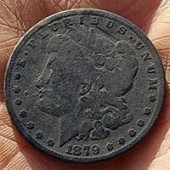
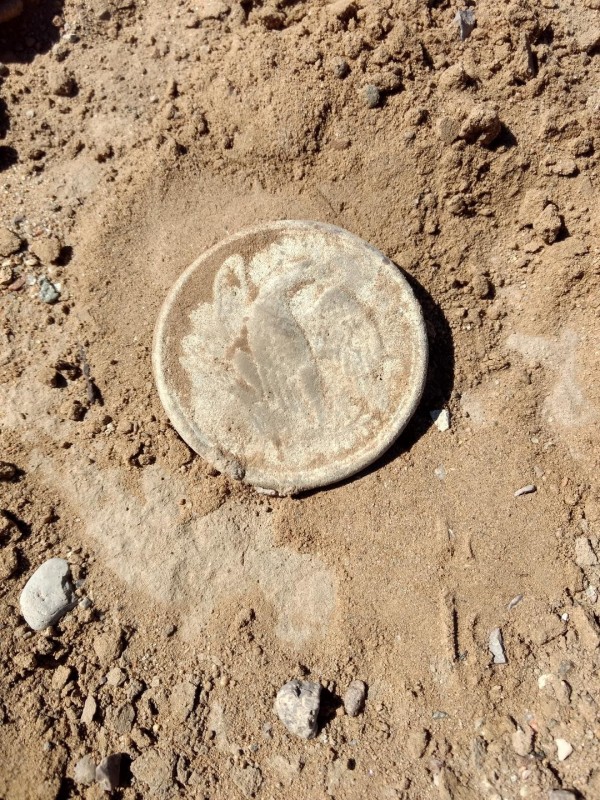
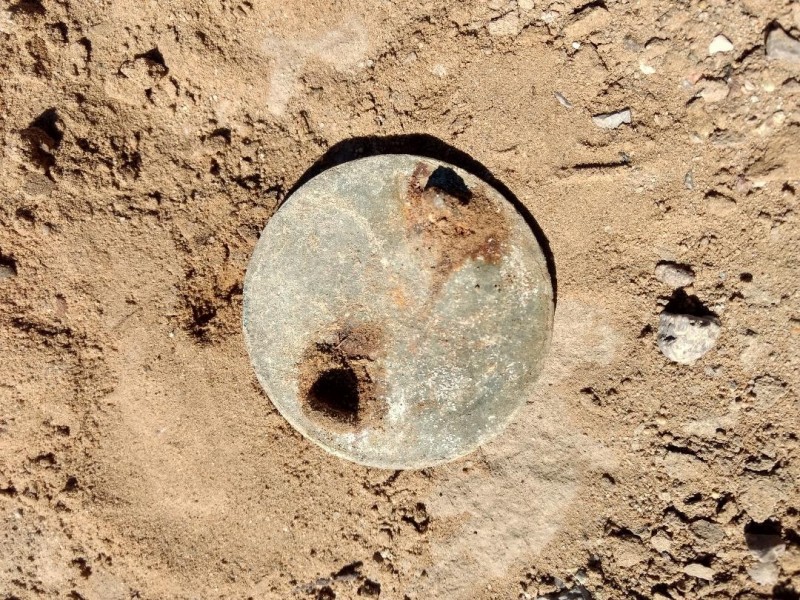
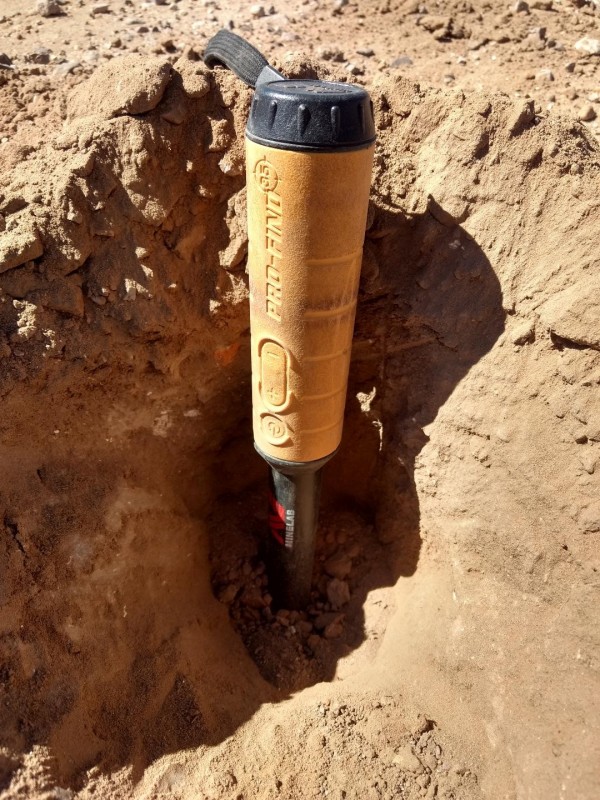
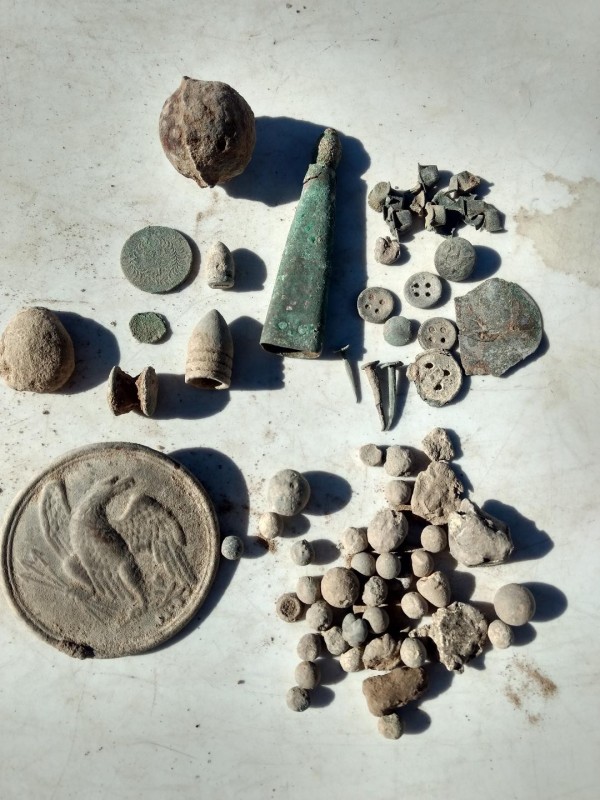
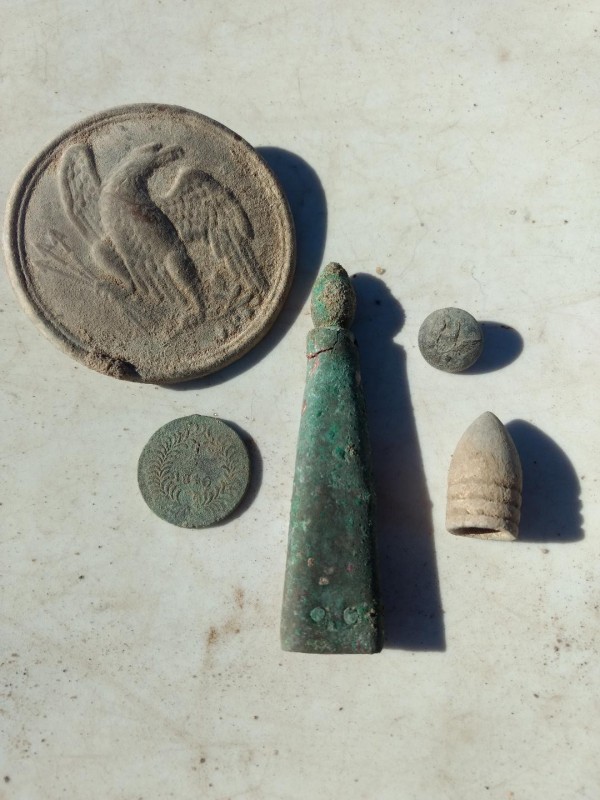
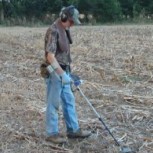
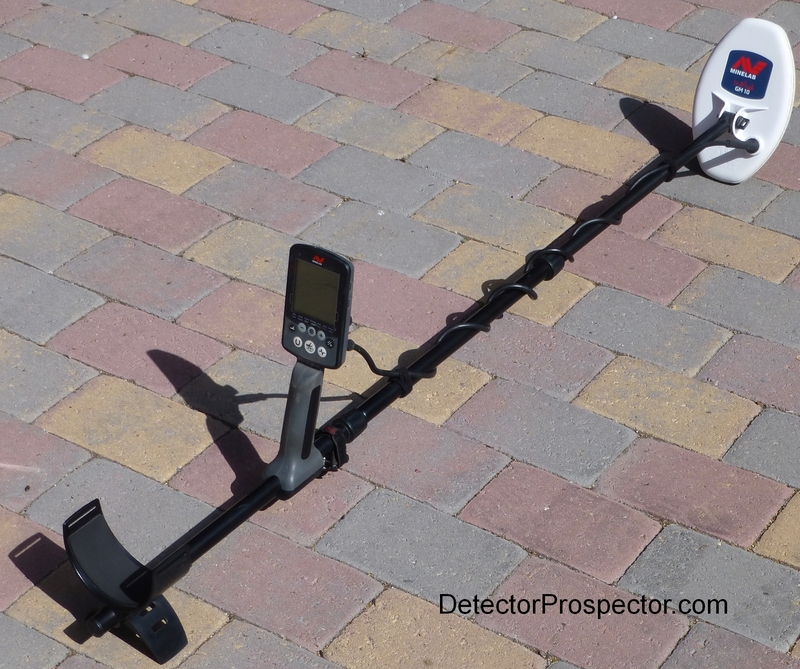


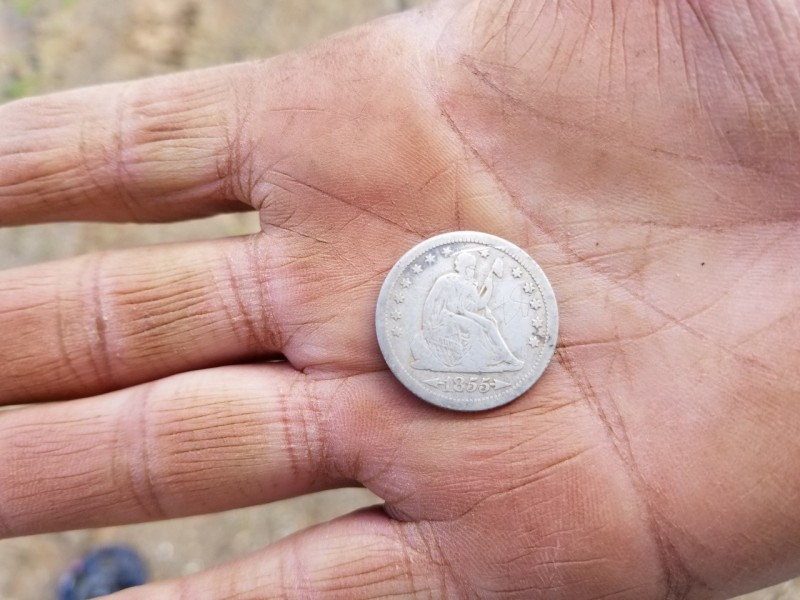
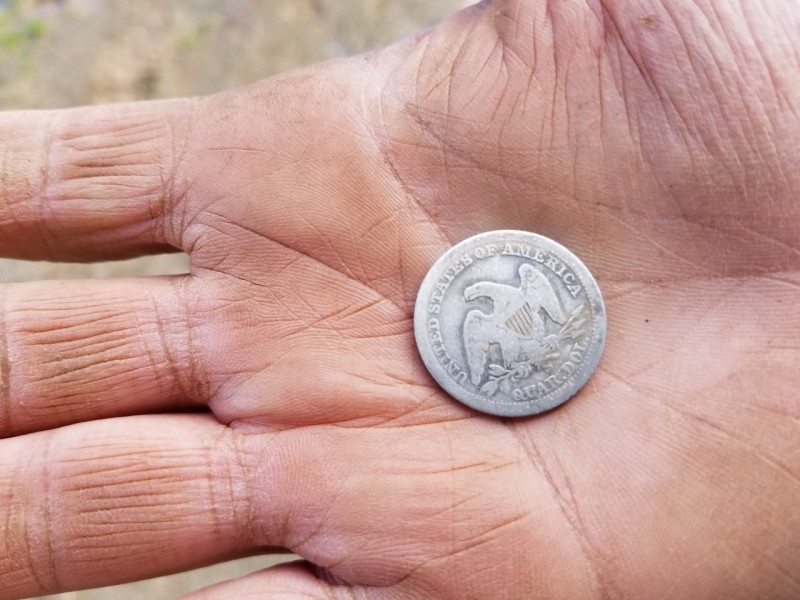
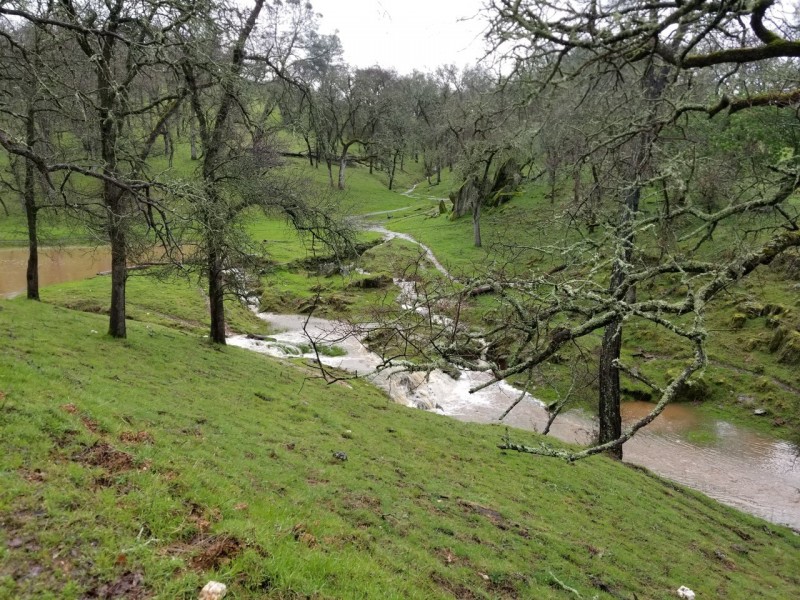
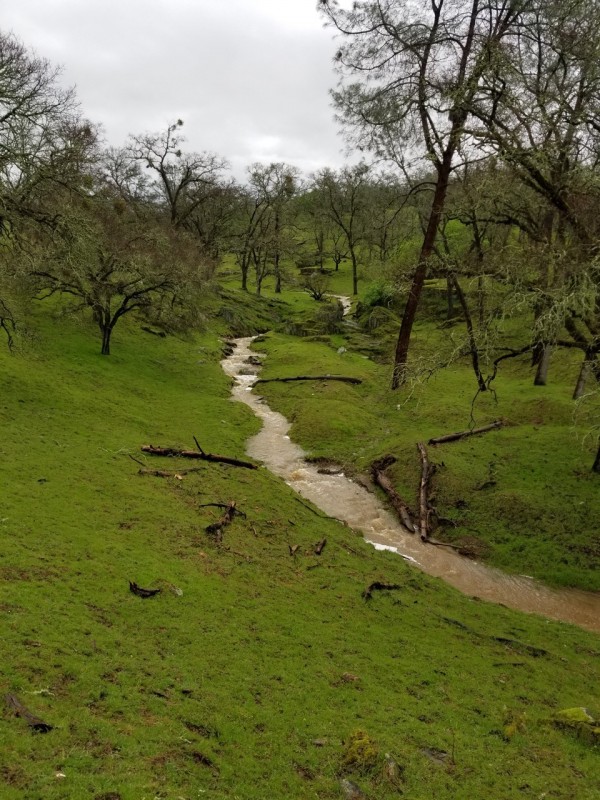
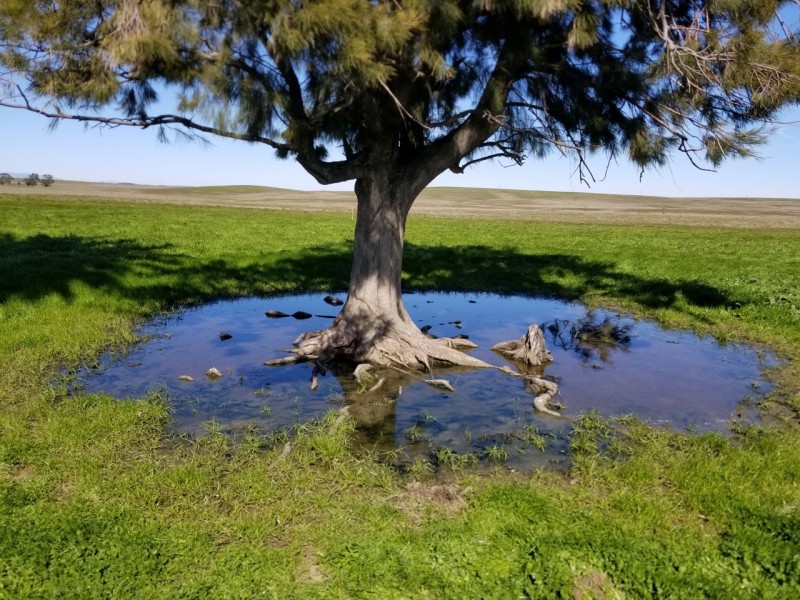
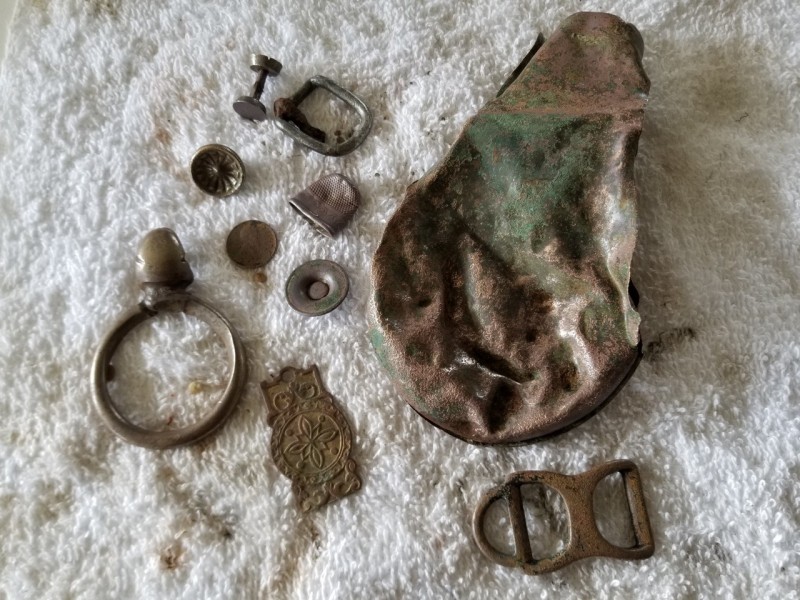
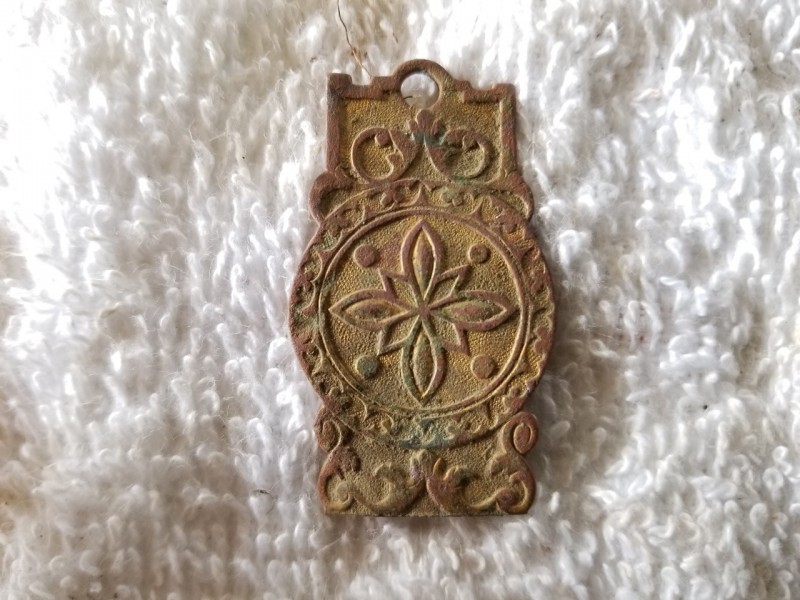
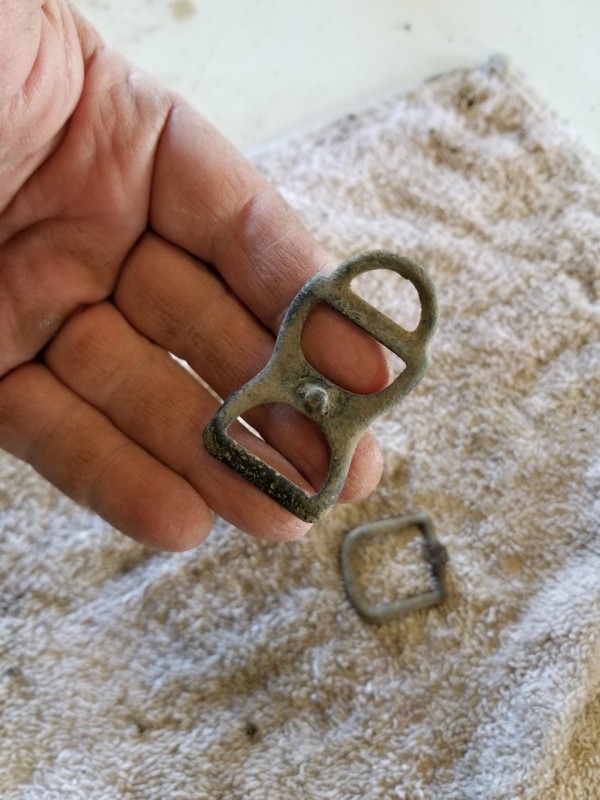
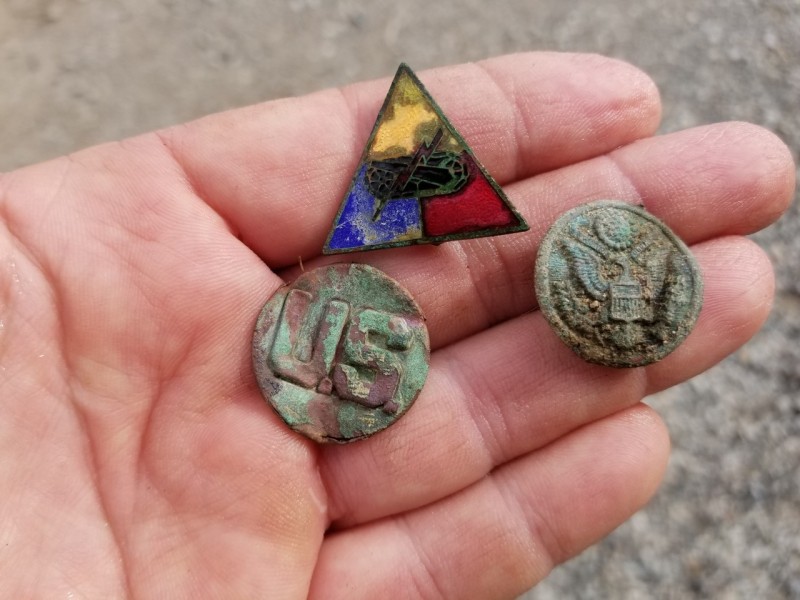
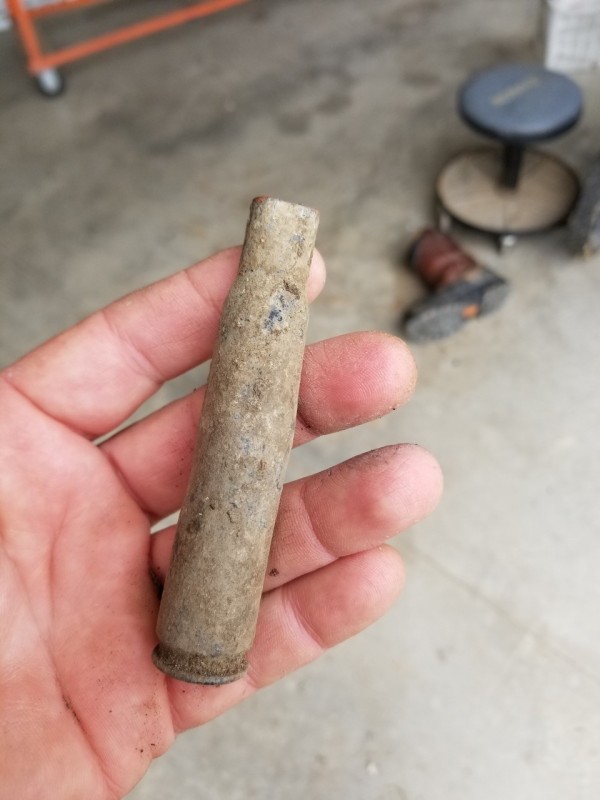
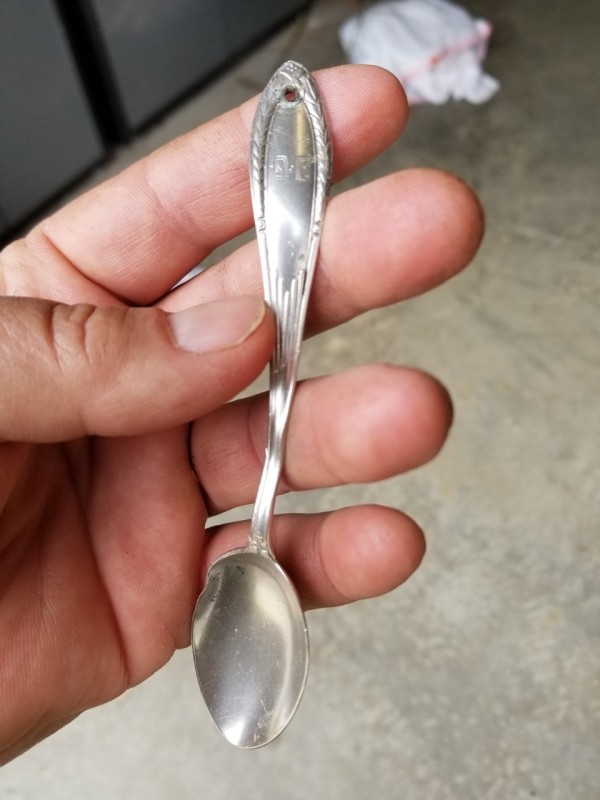
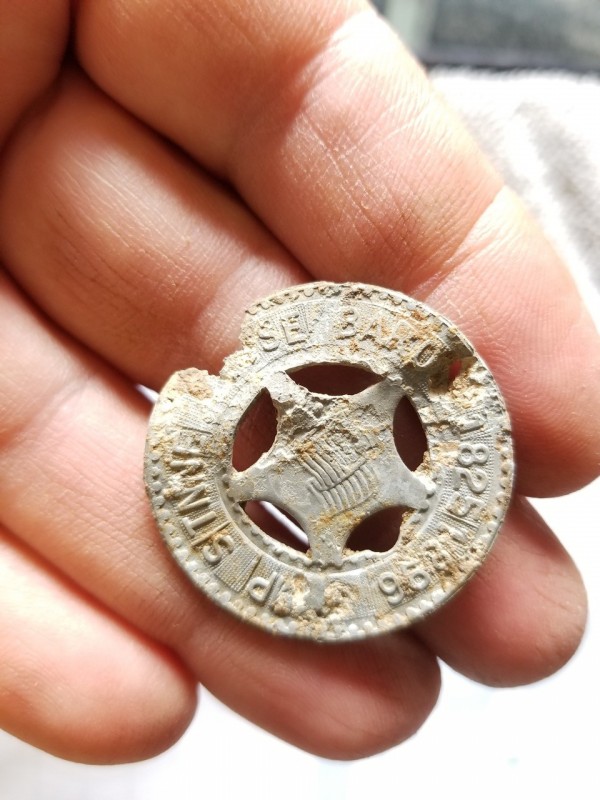
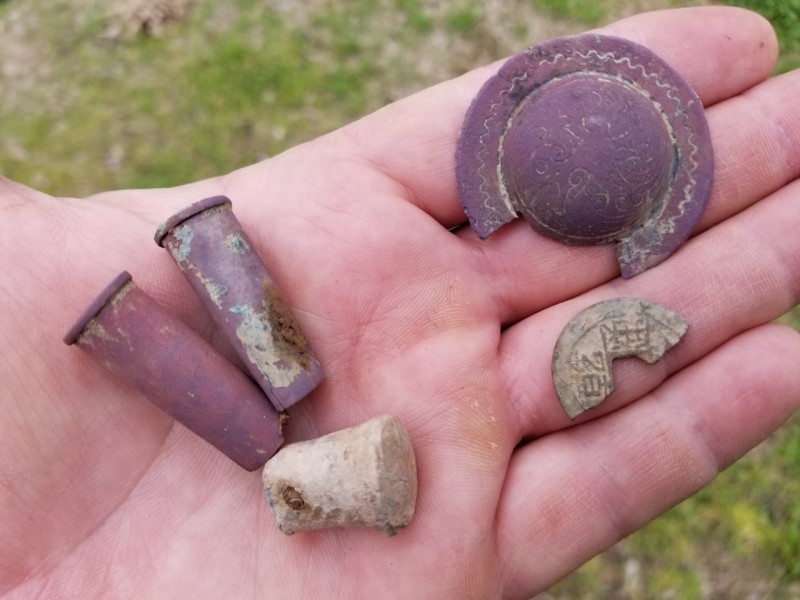
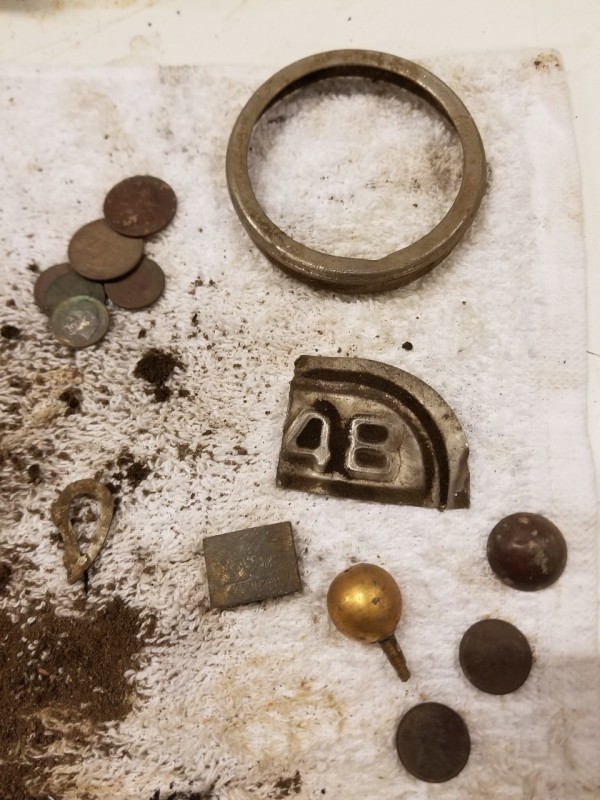
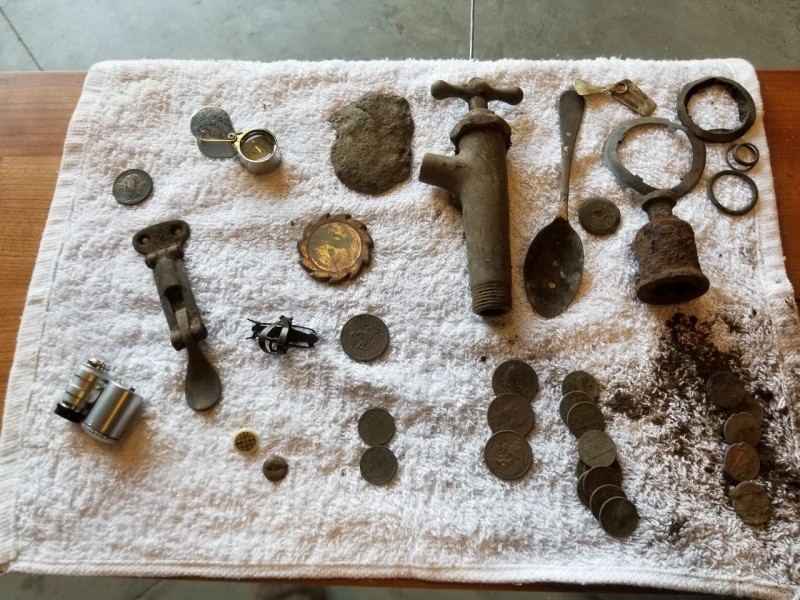
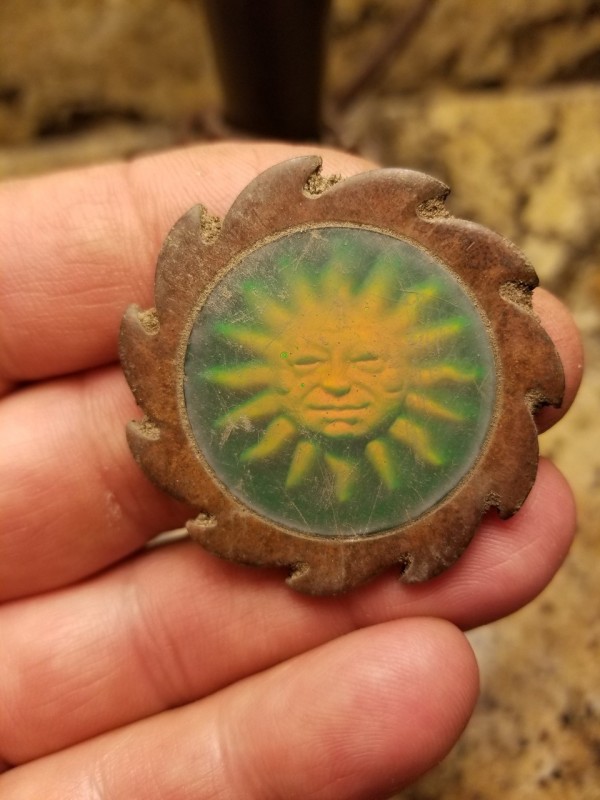
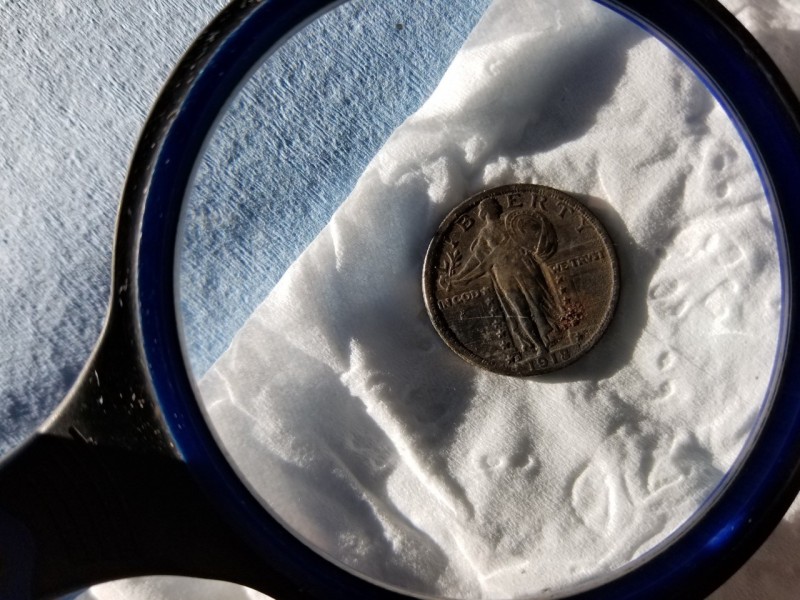
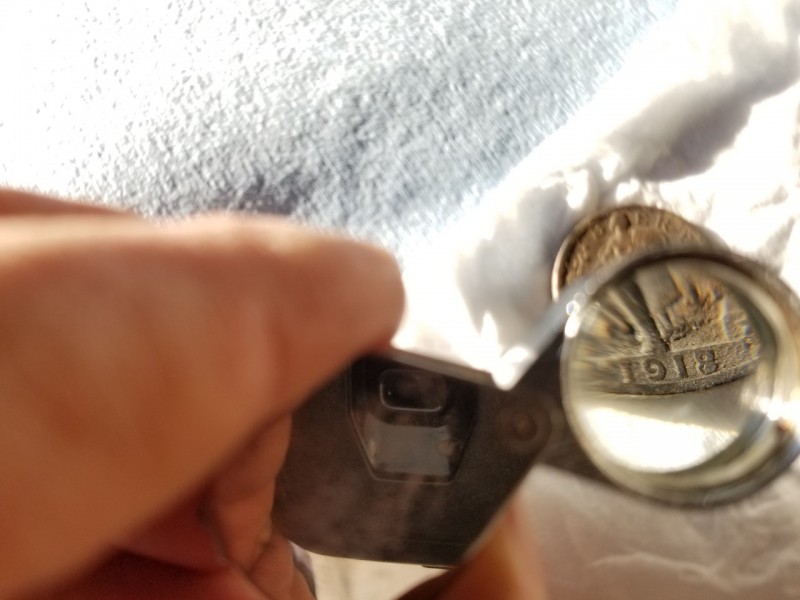
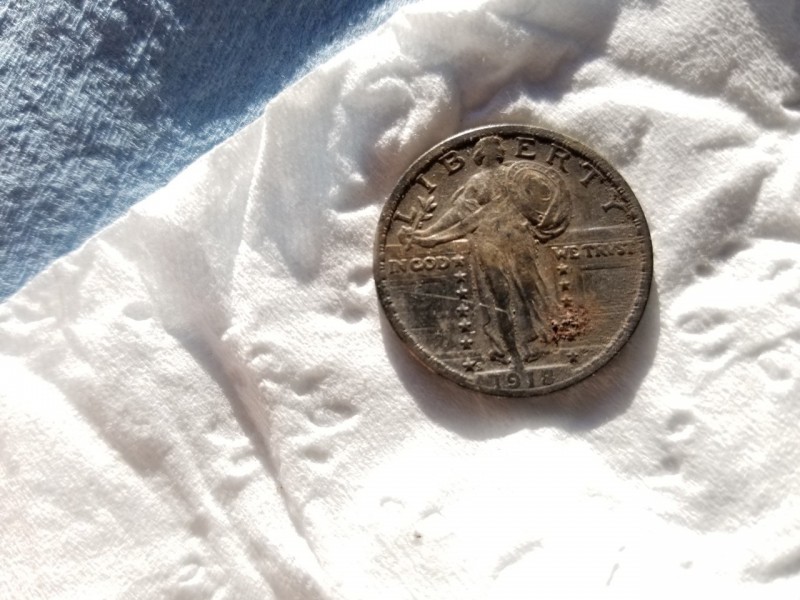
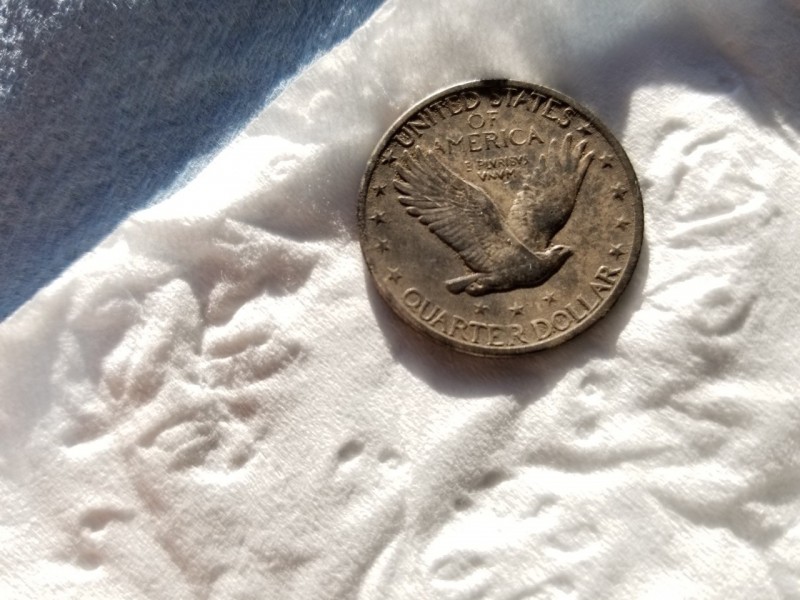
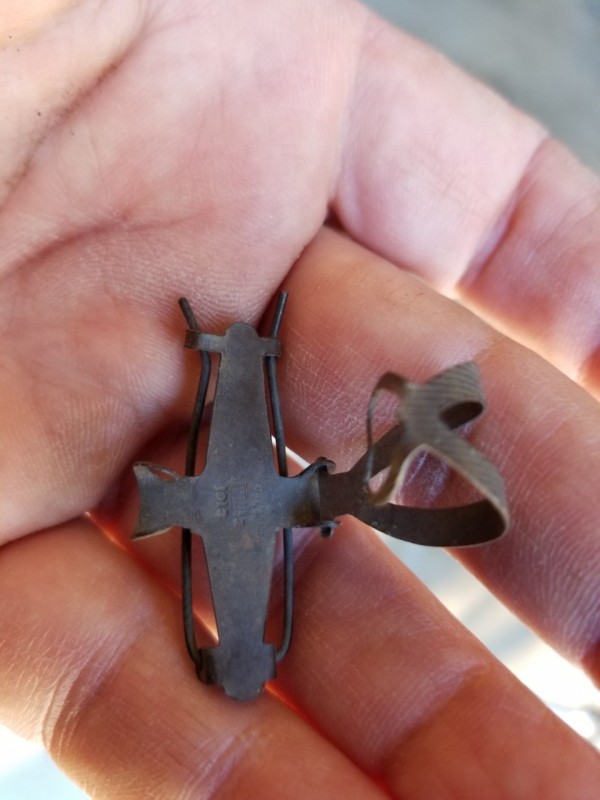
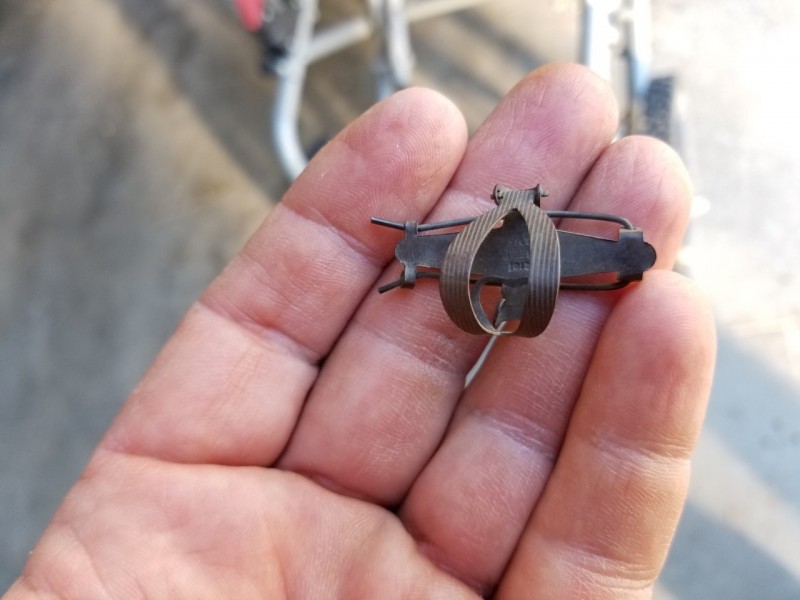


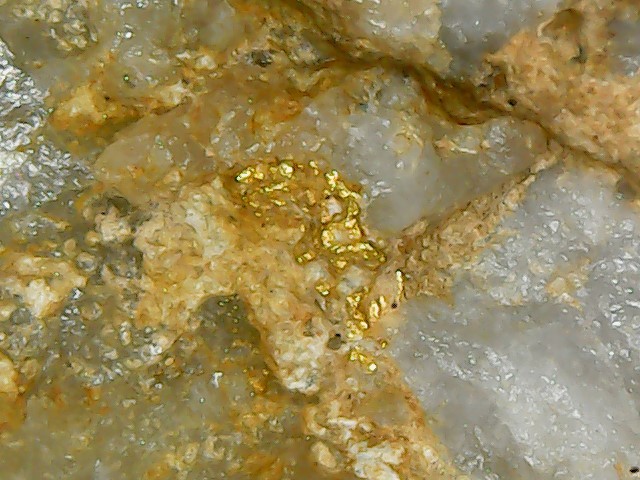

.thumb.jpg.77e4cb5bf39d44bdd2050d2edb7dfdb1.jpg)

